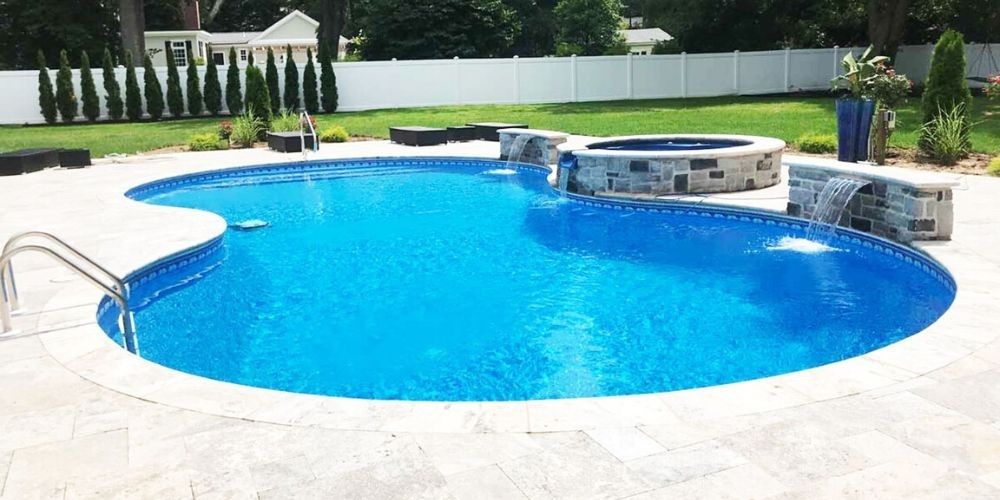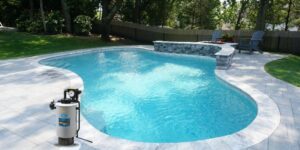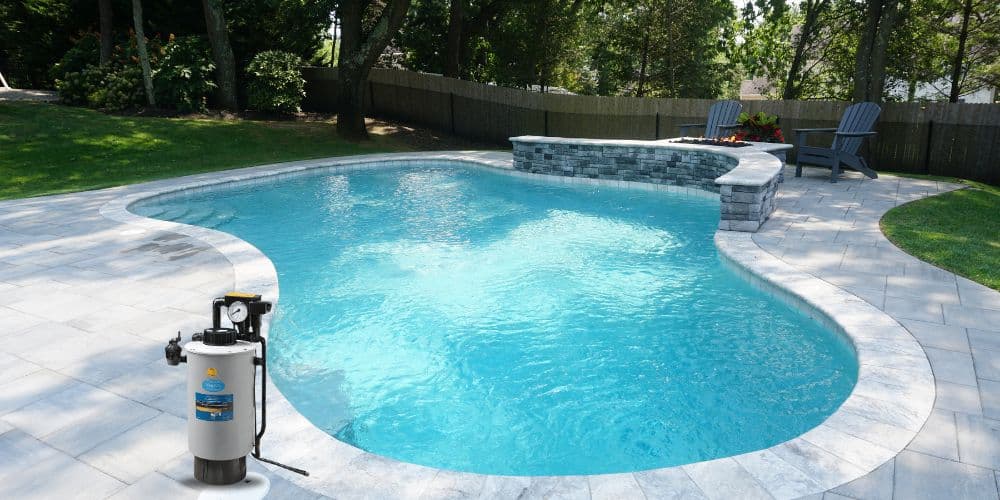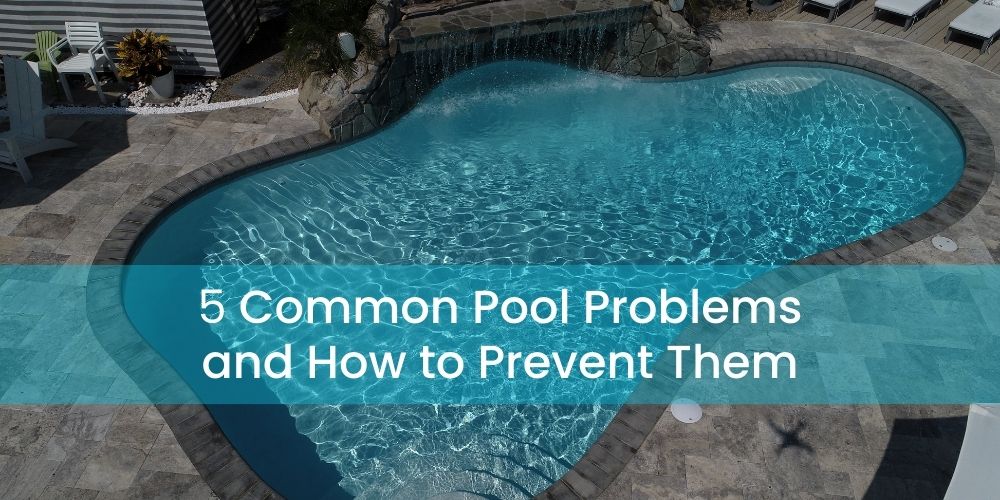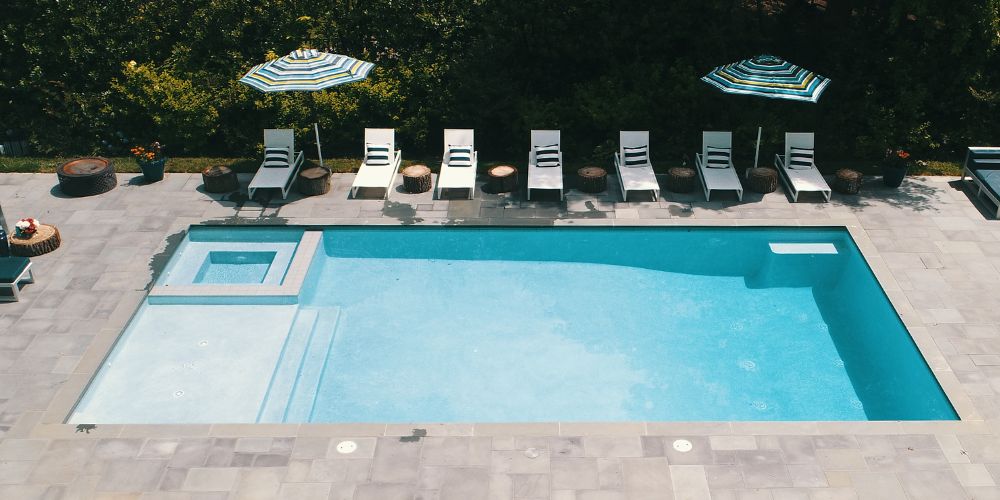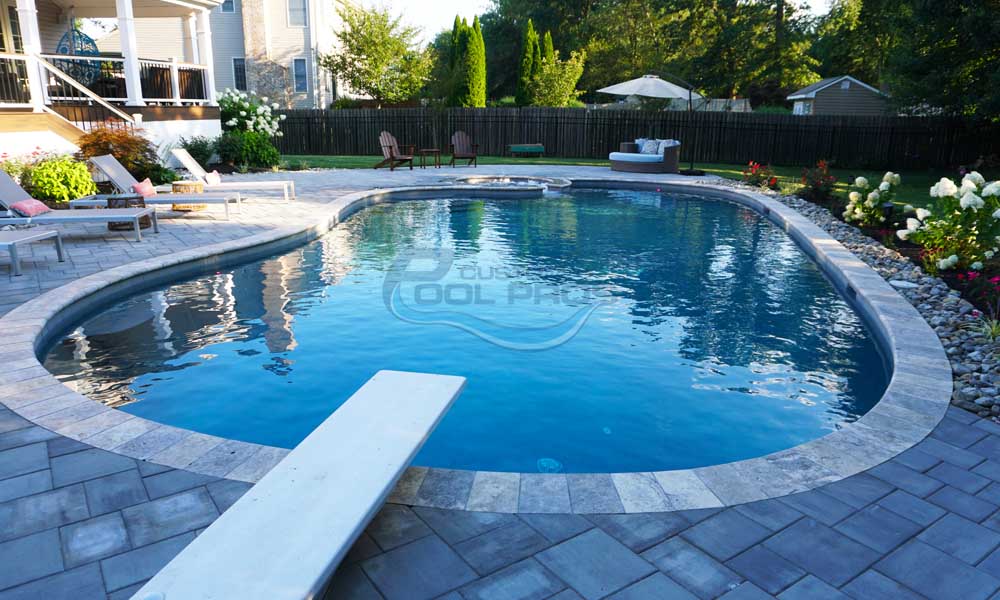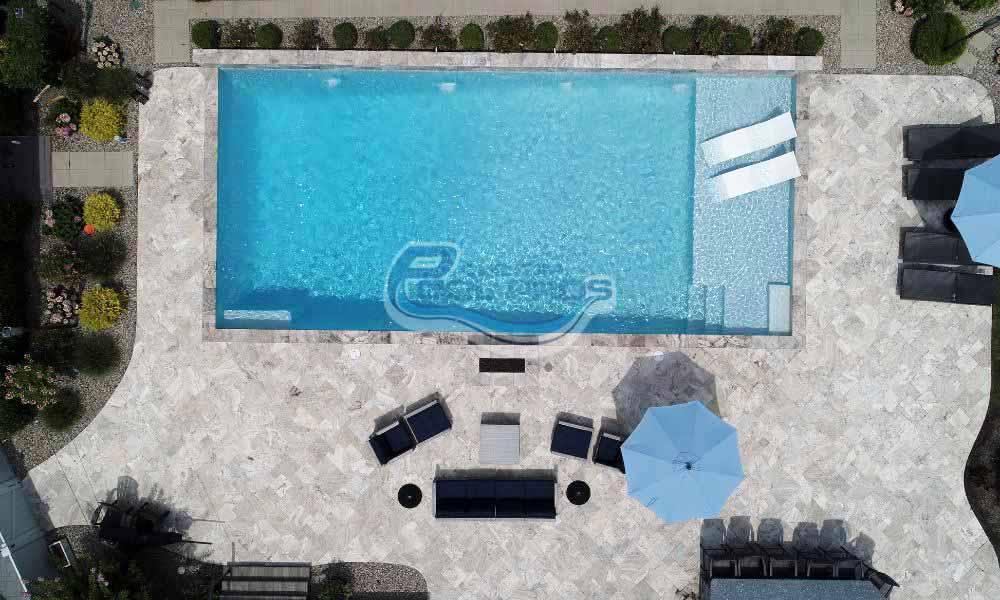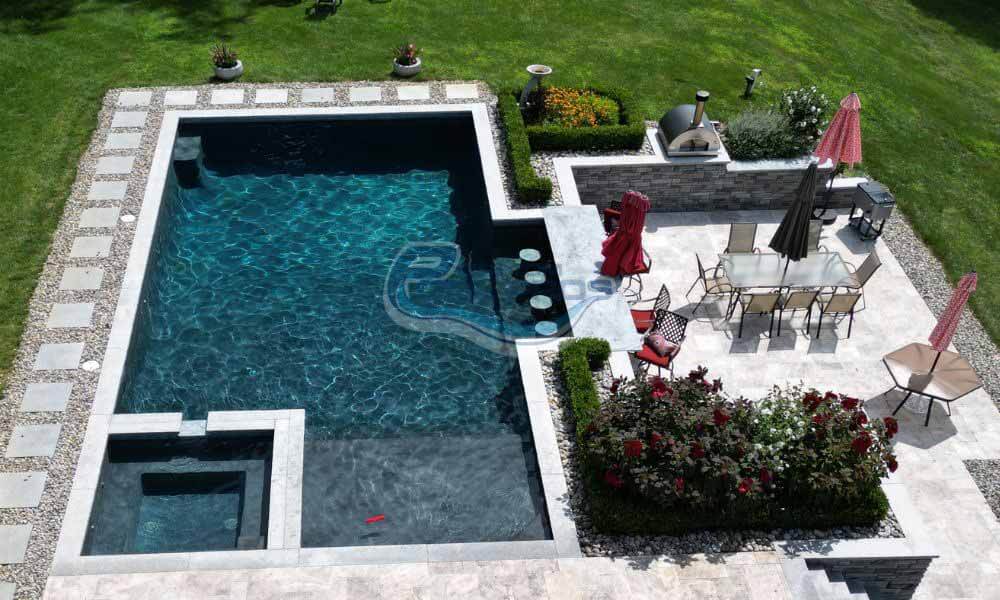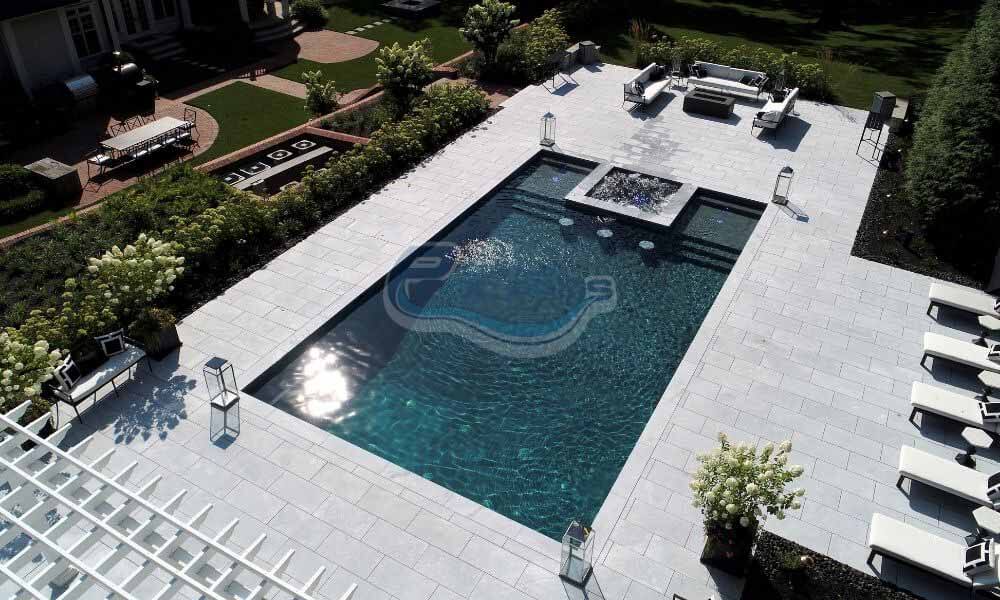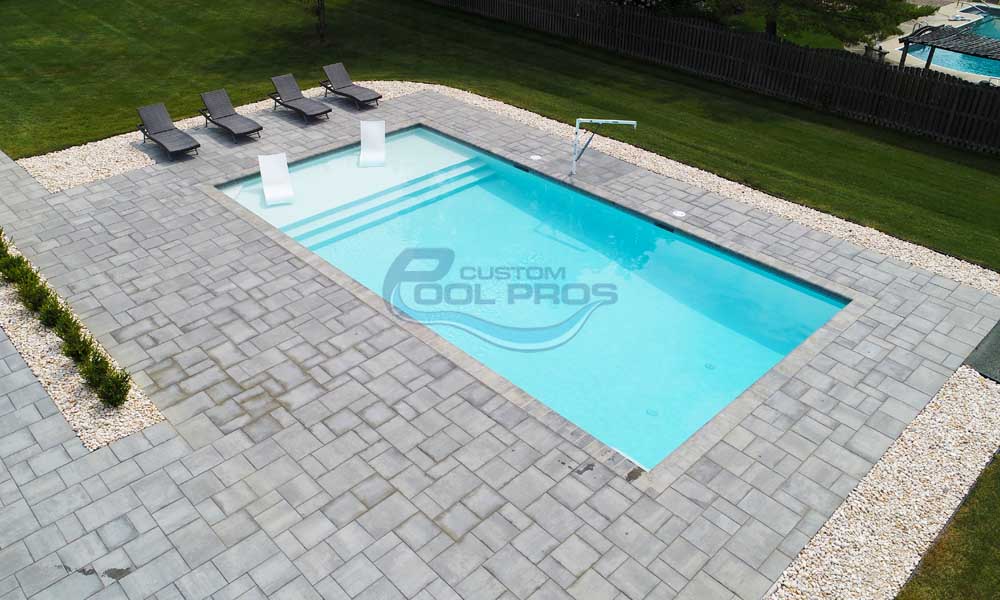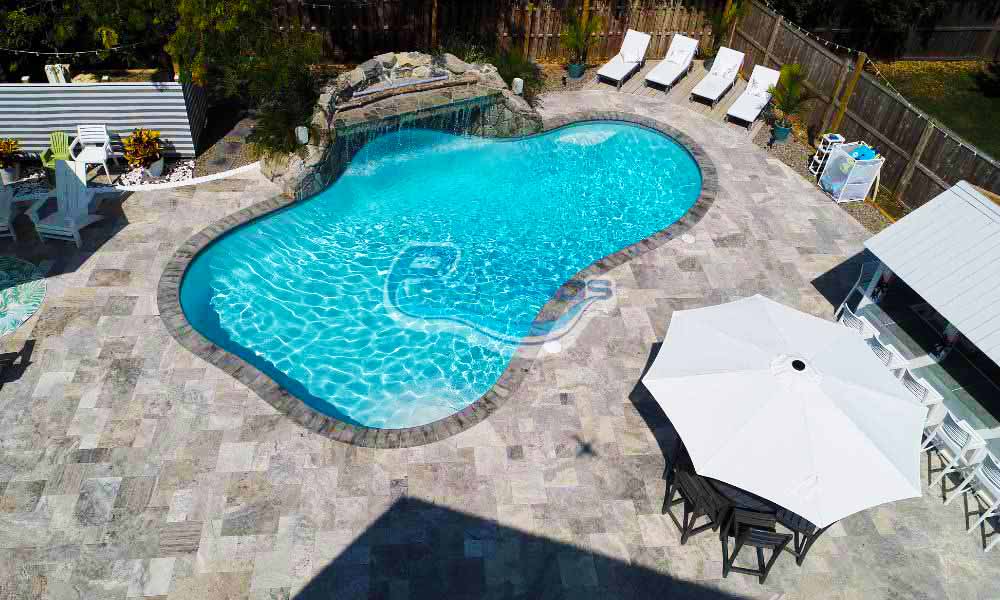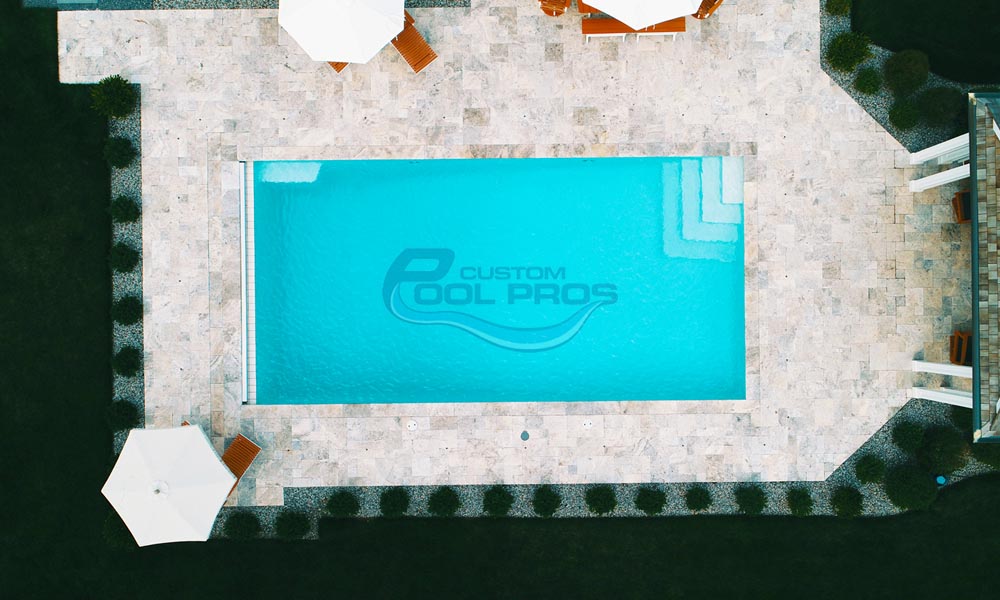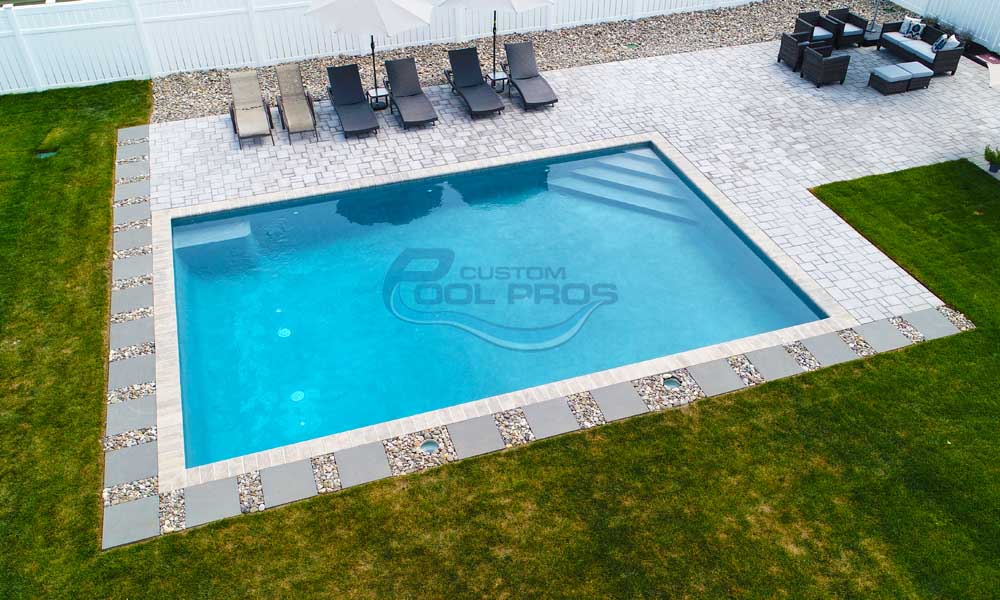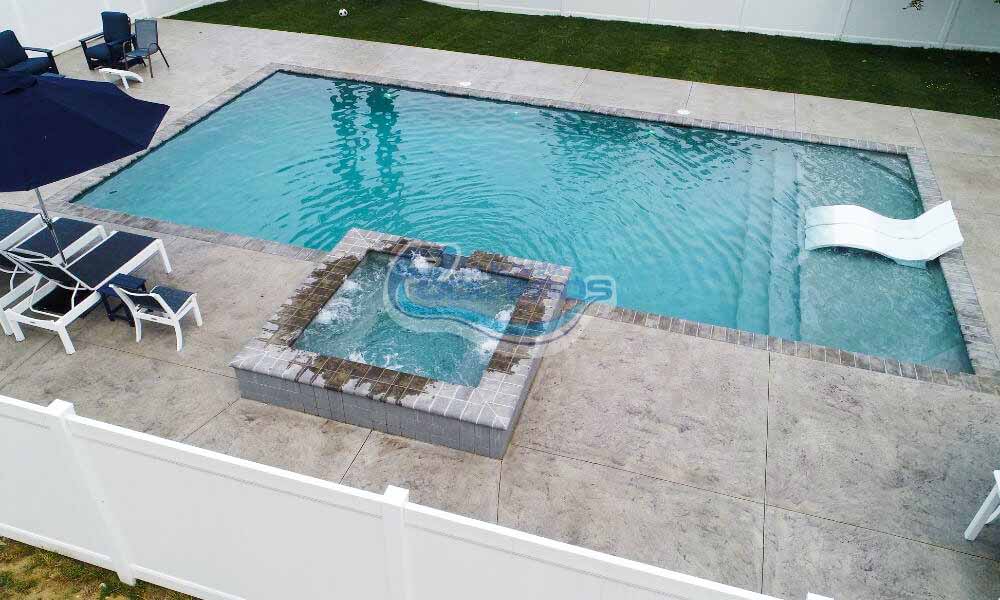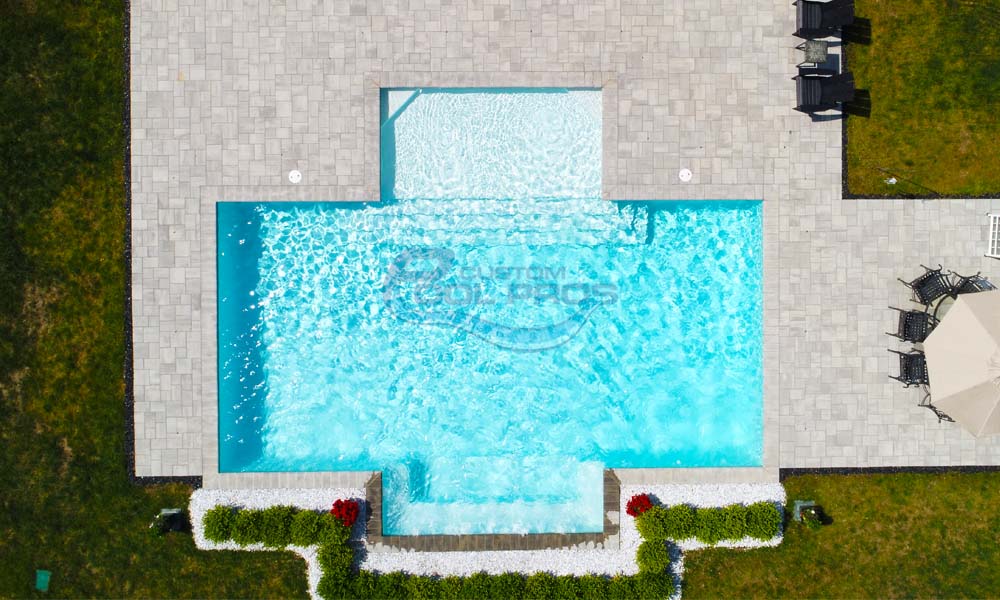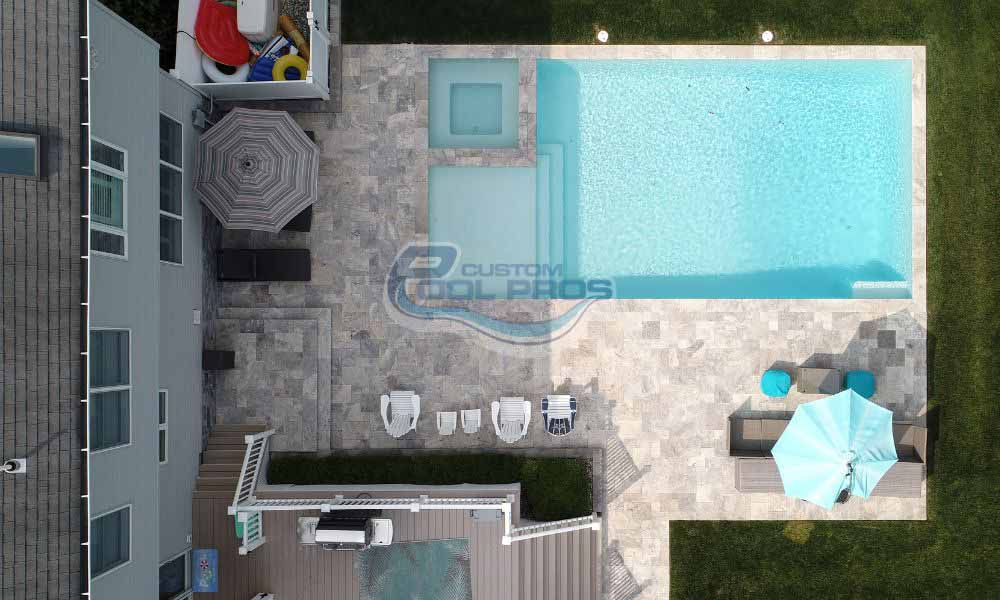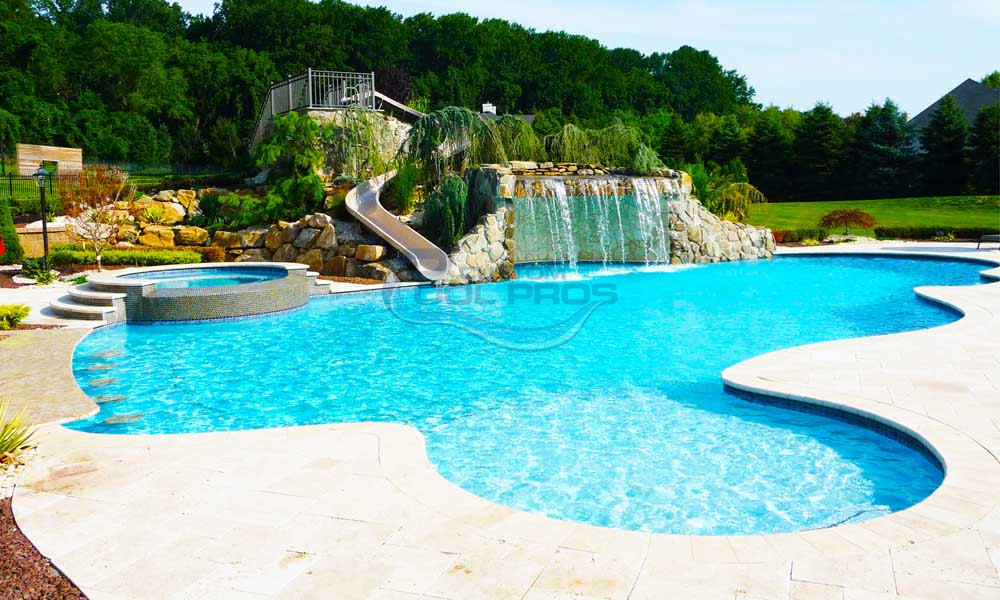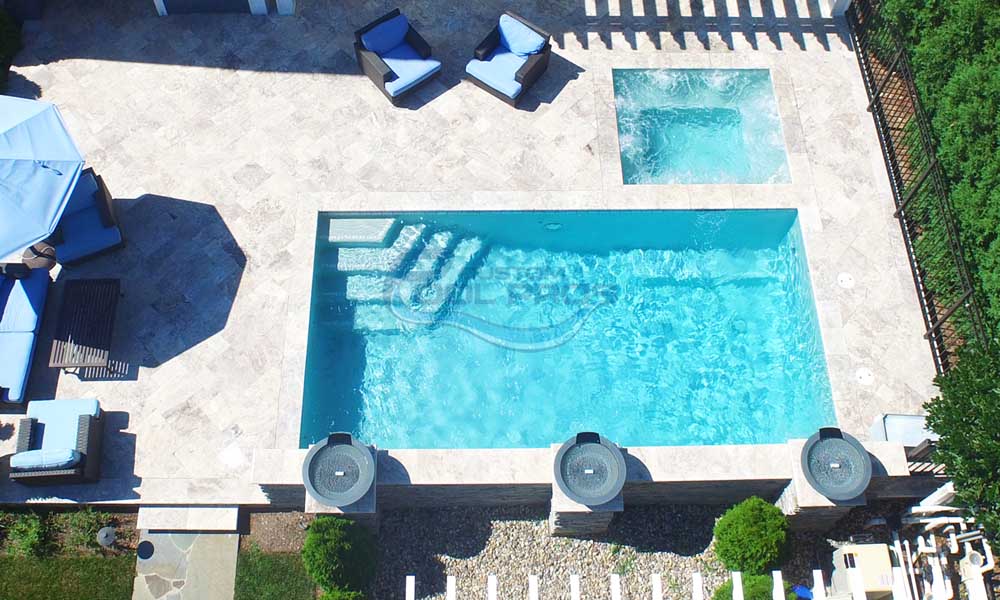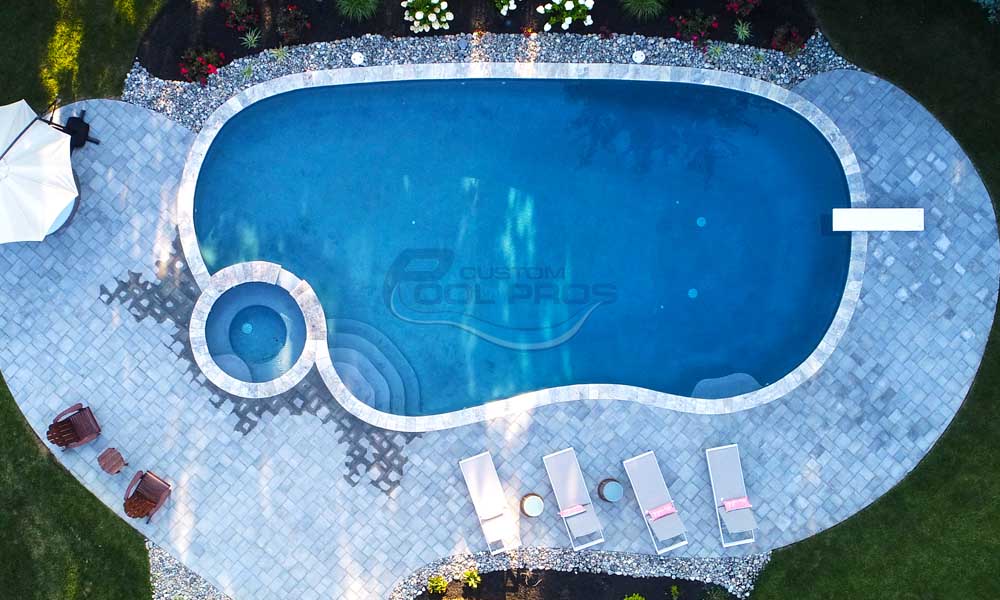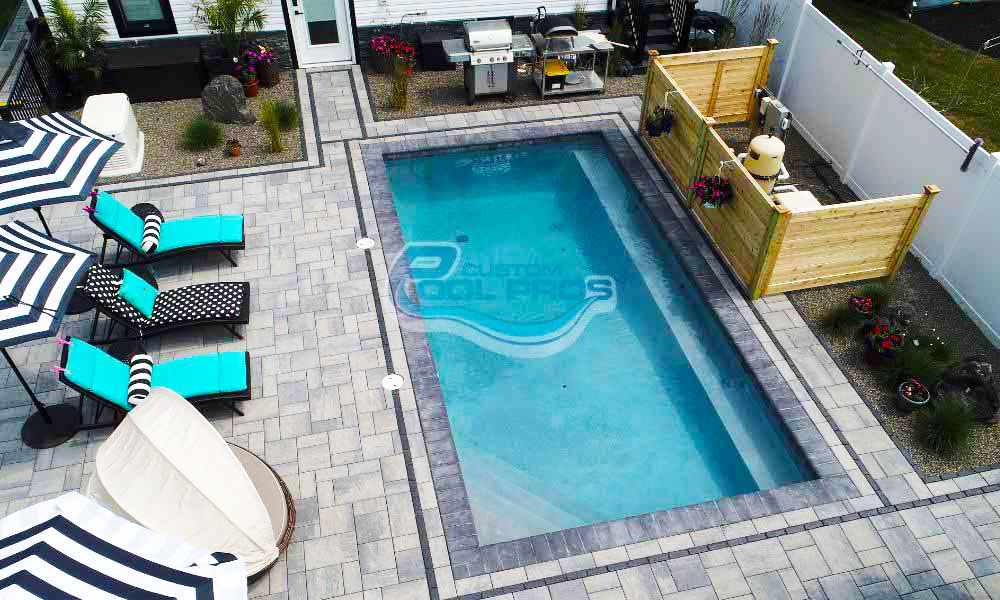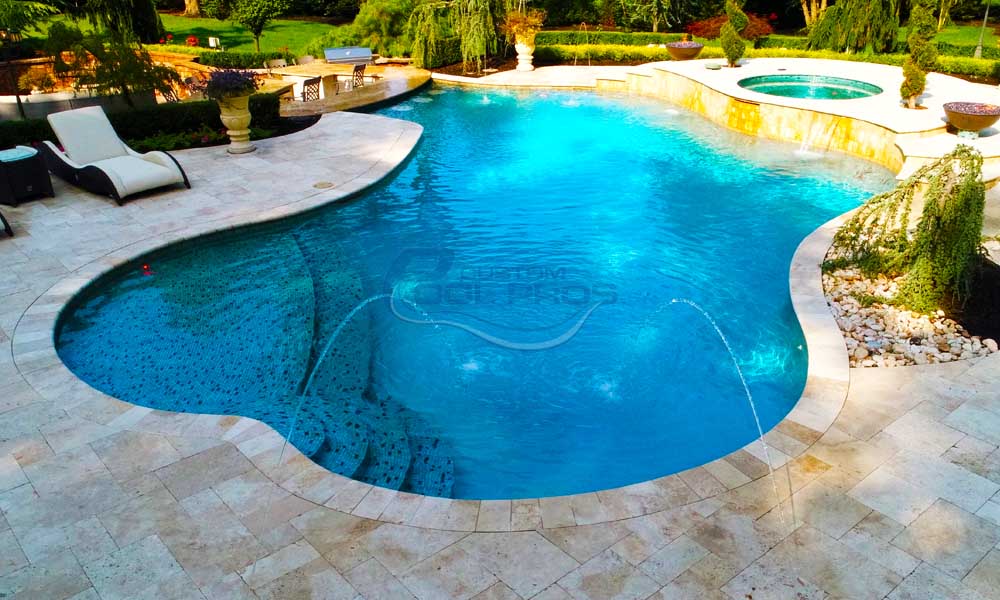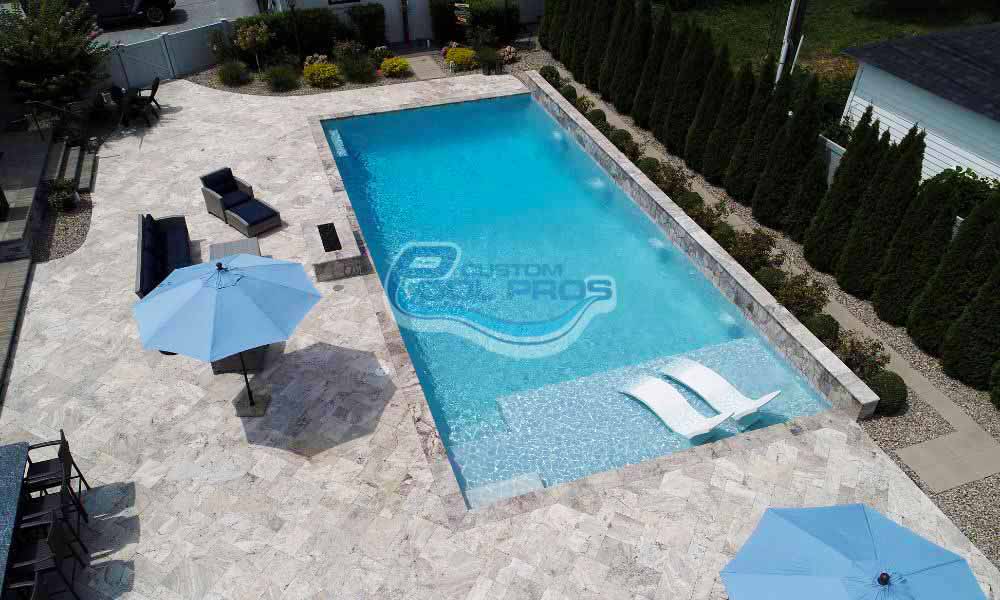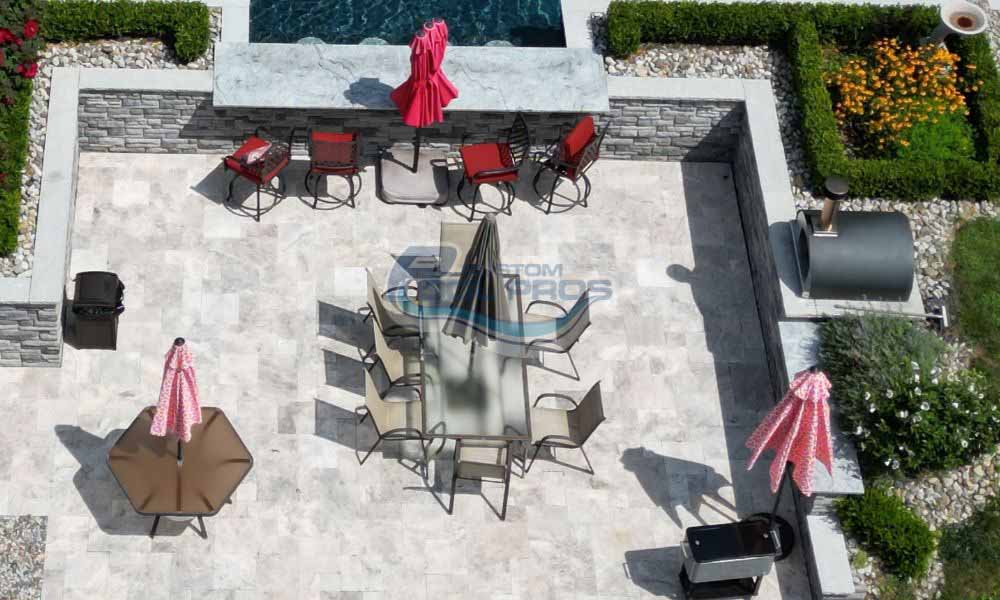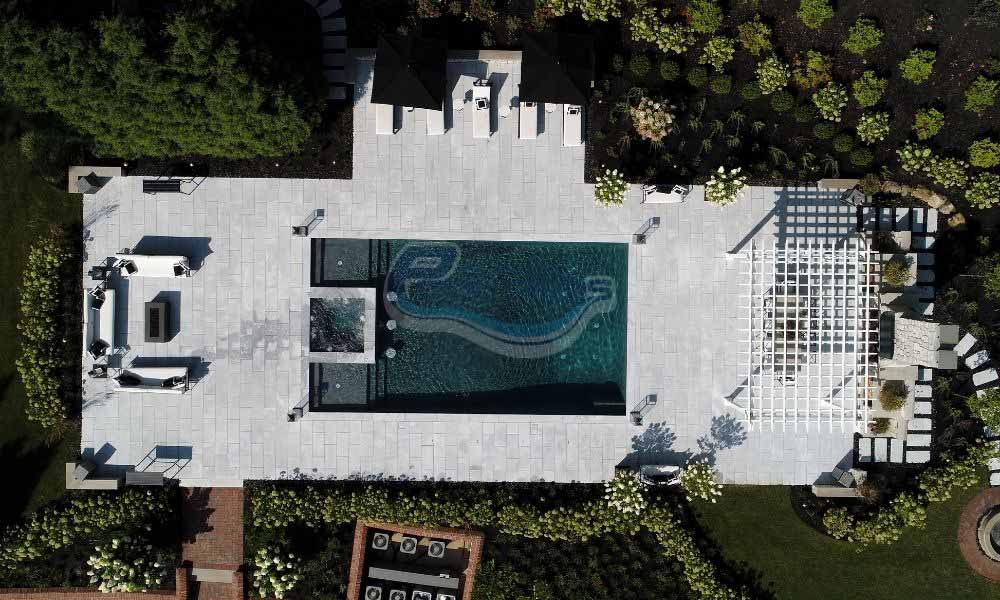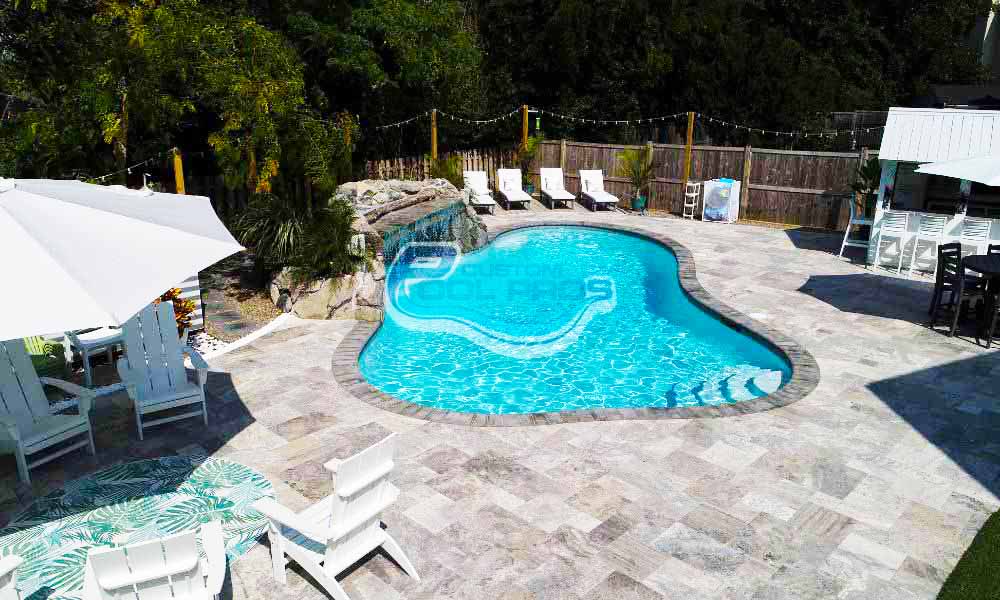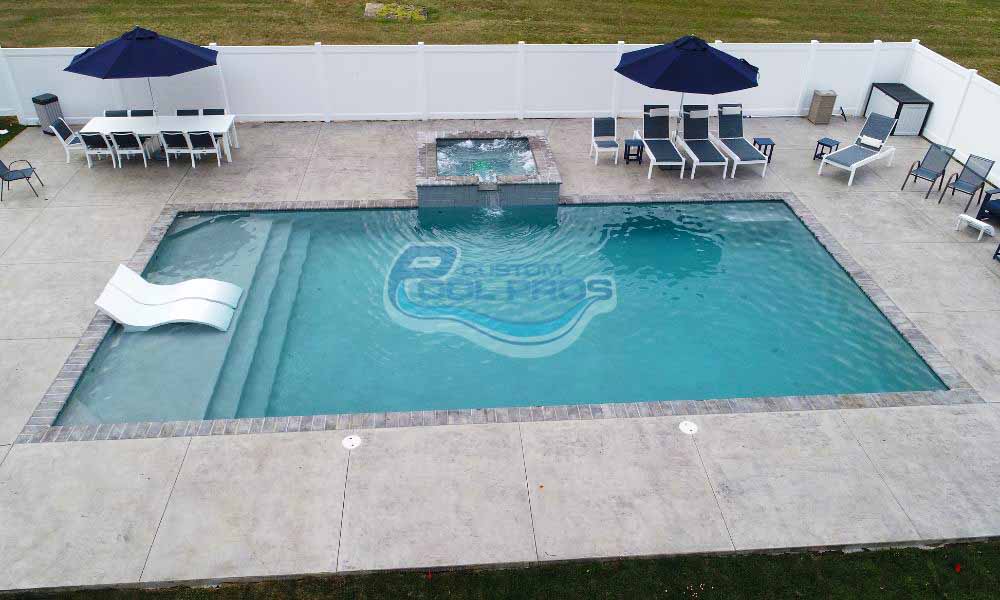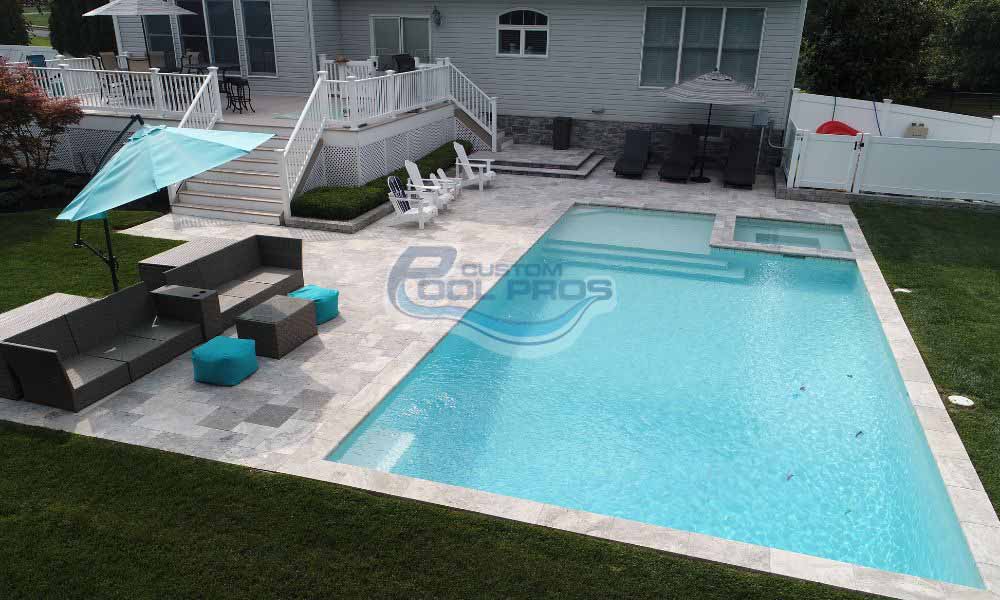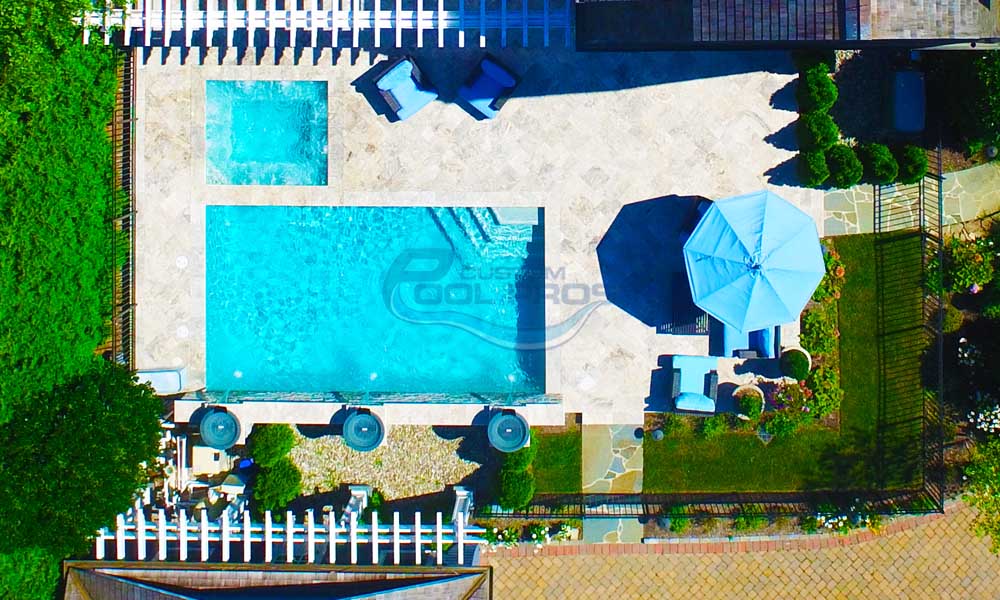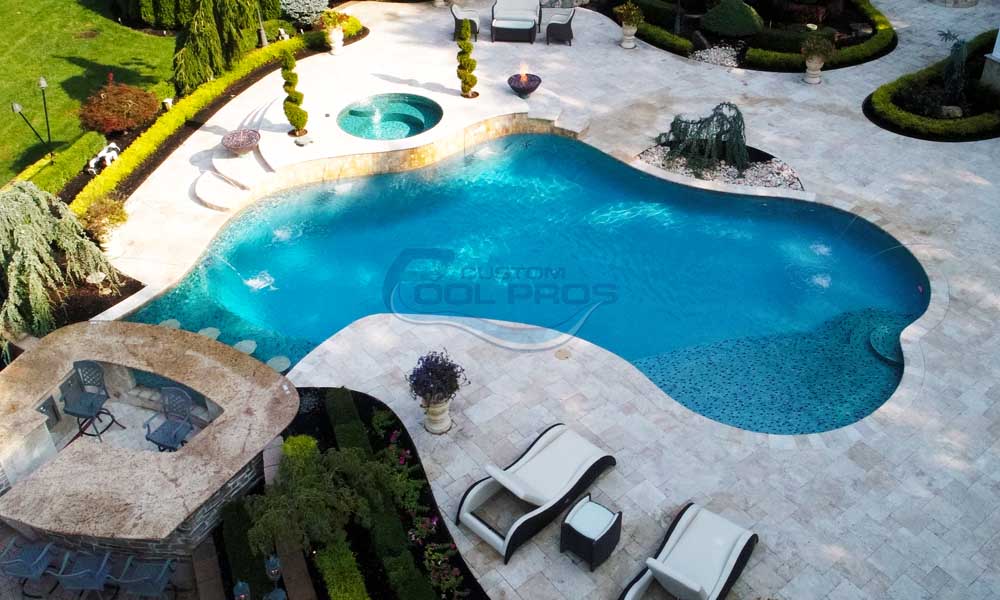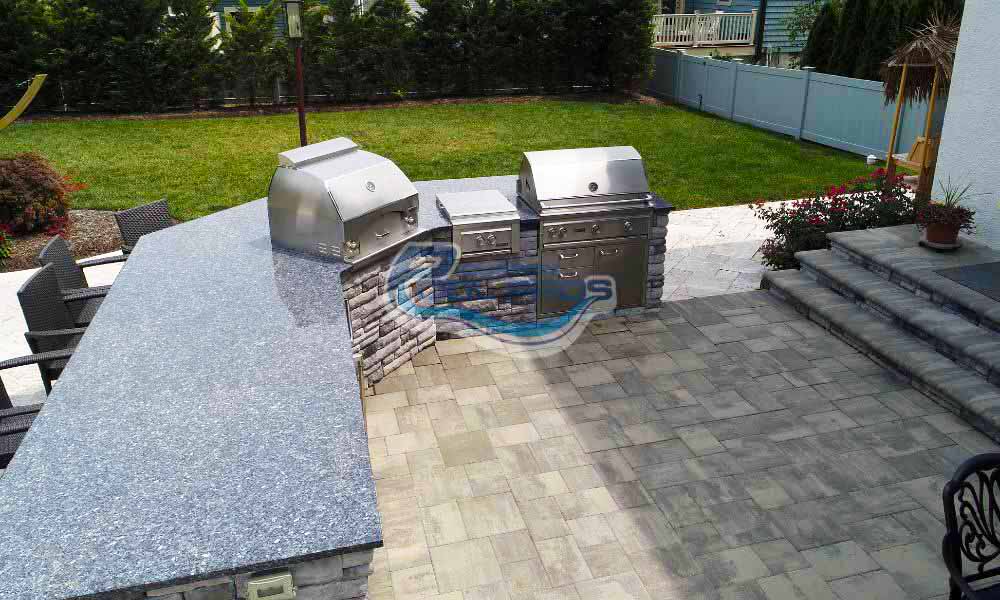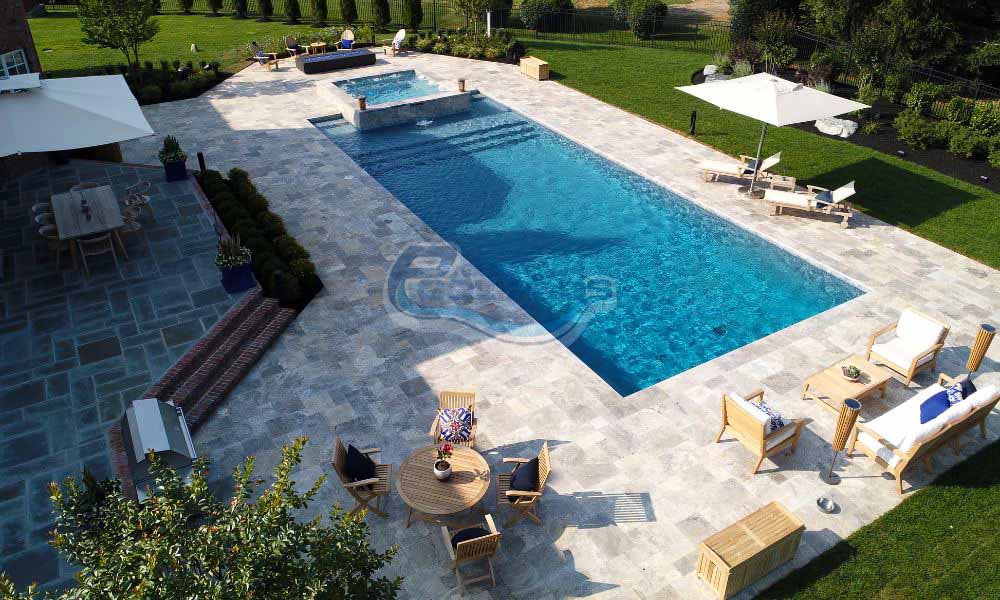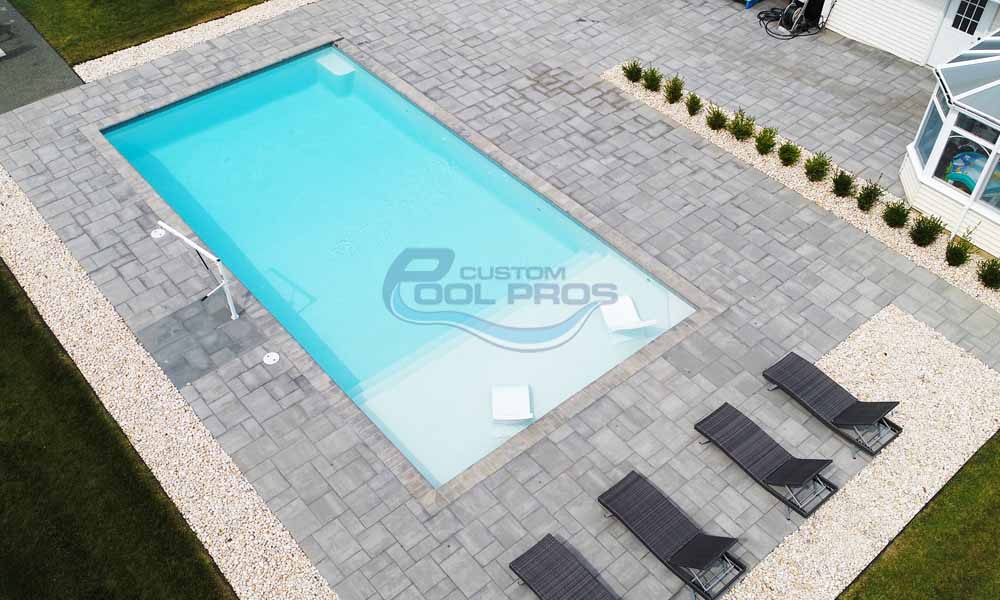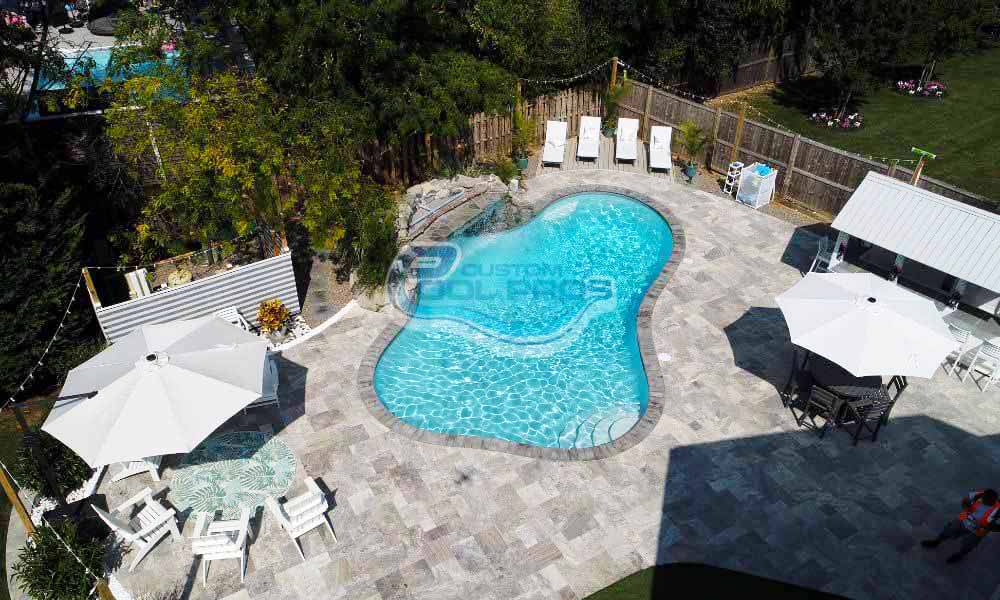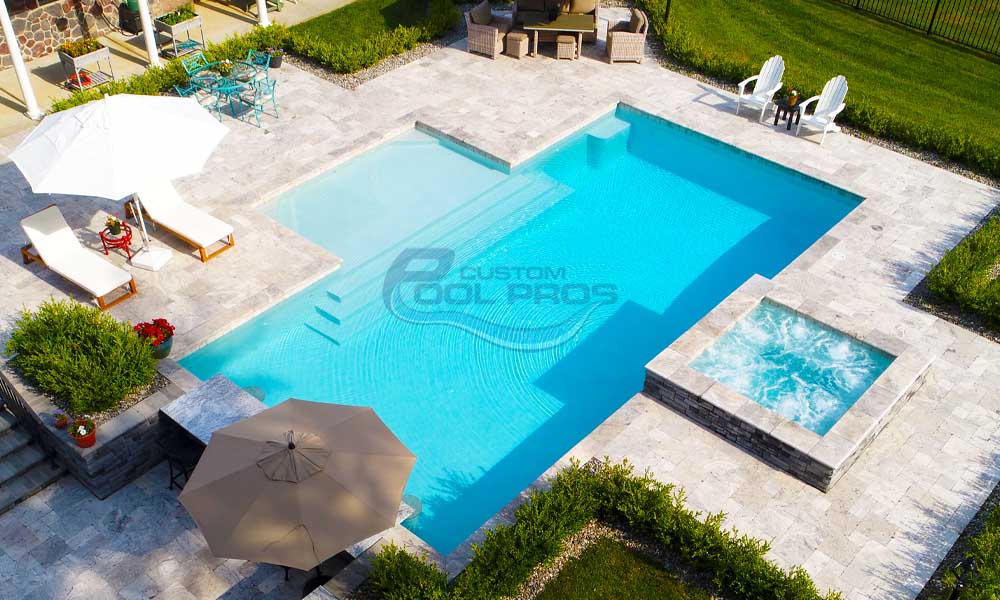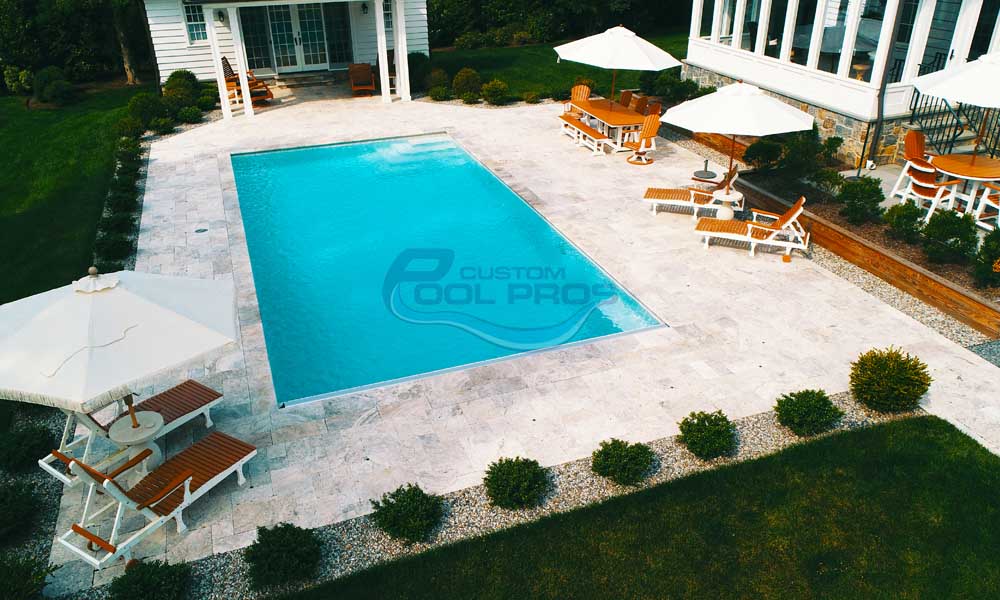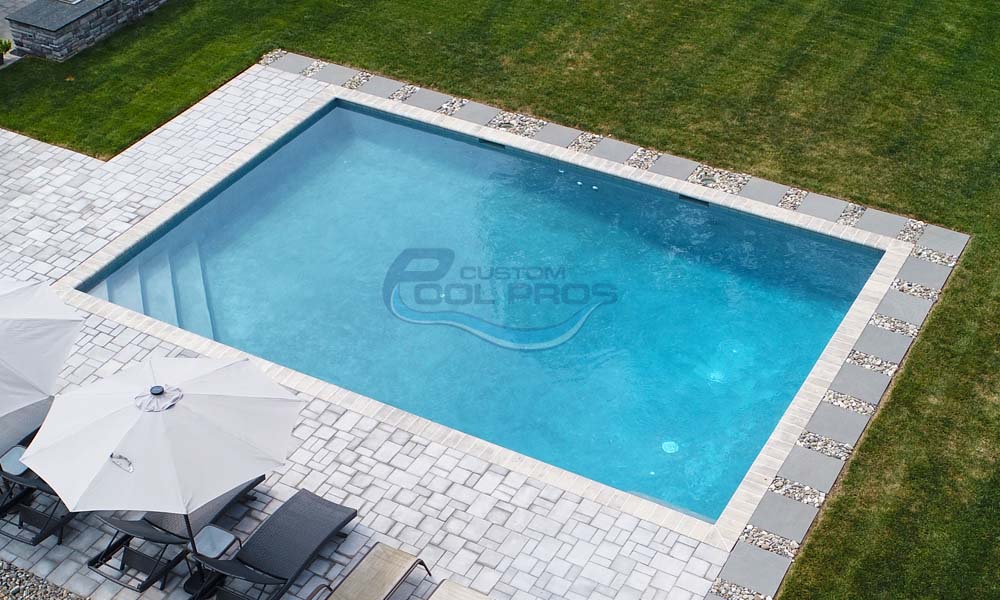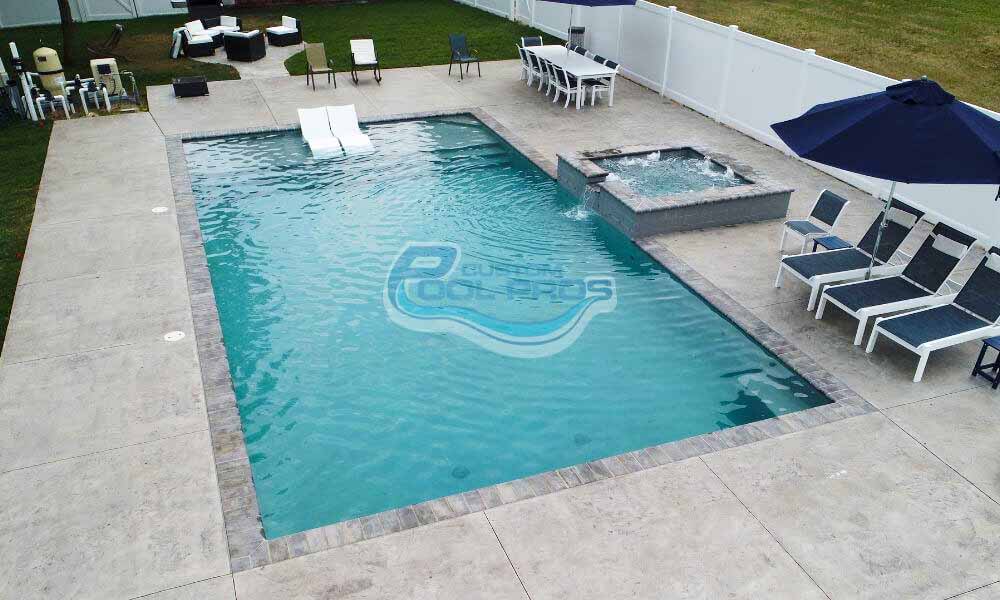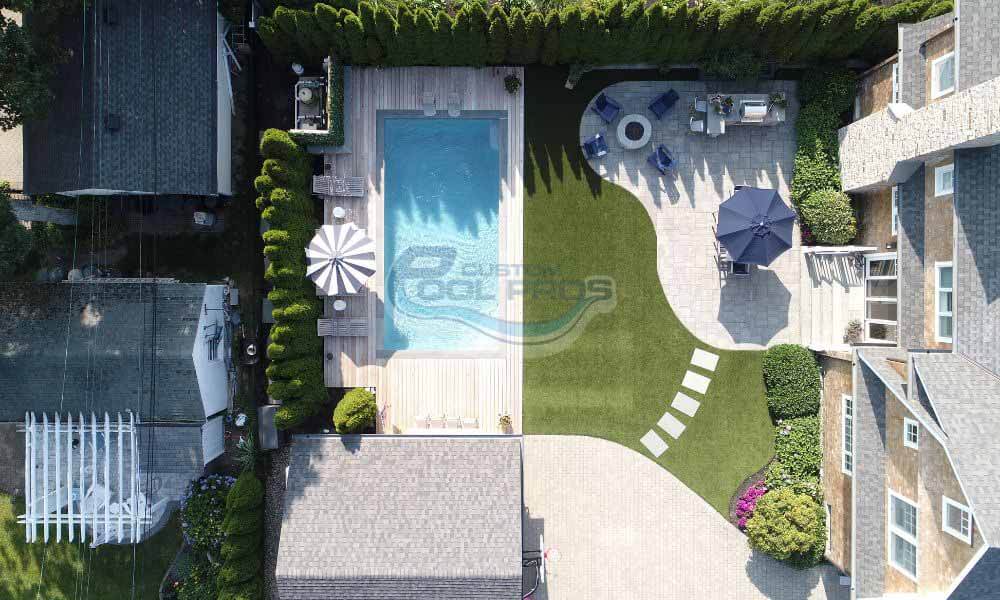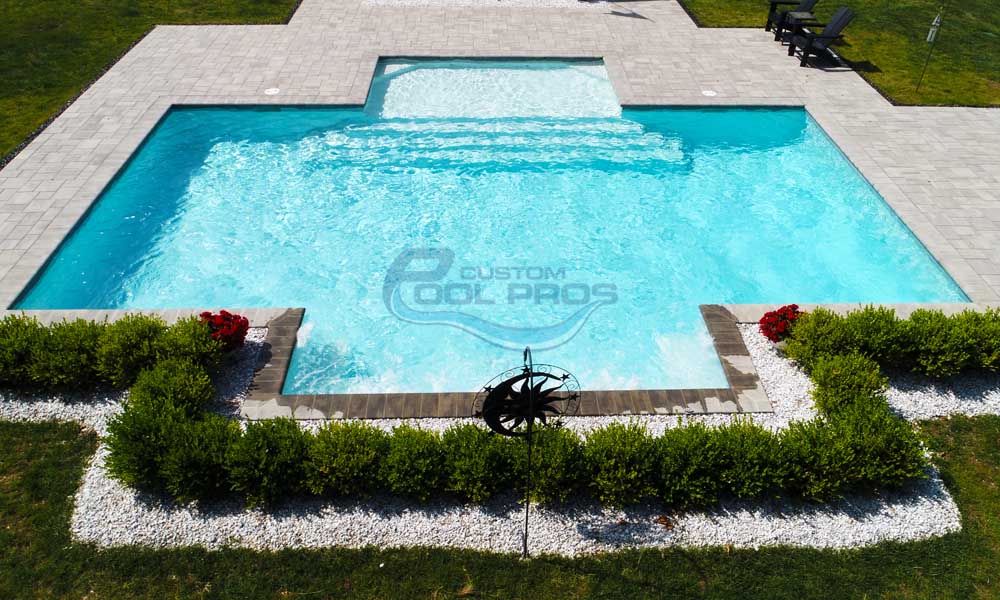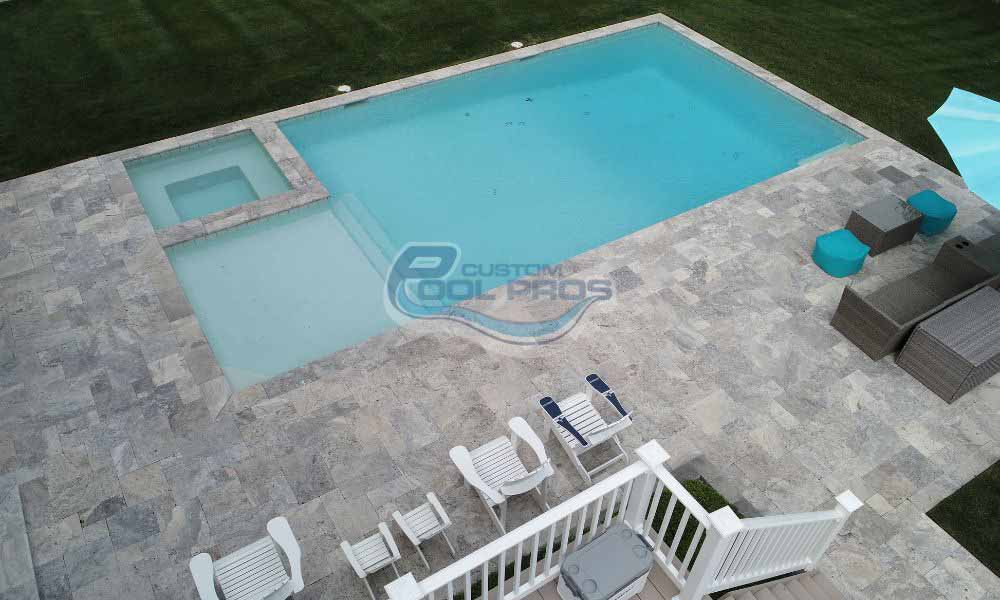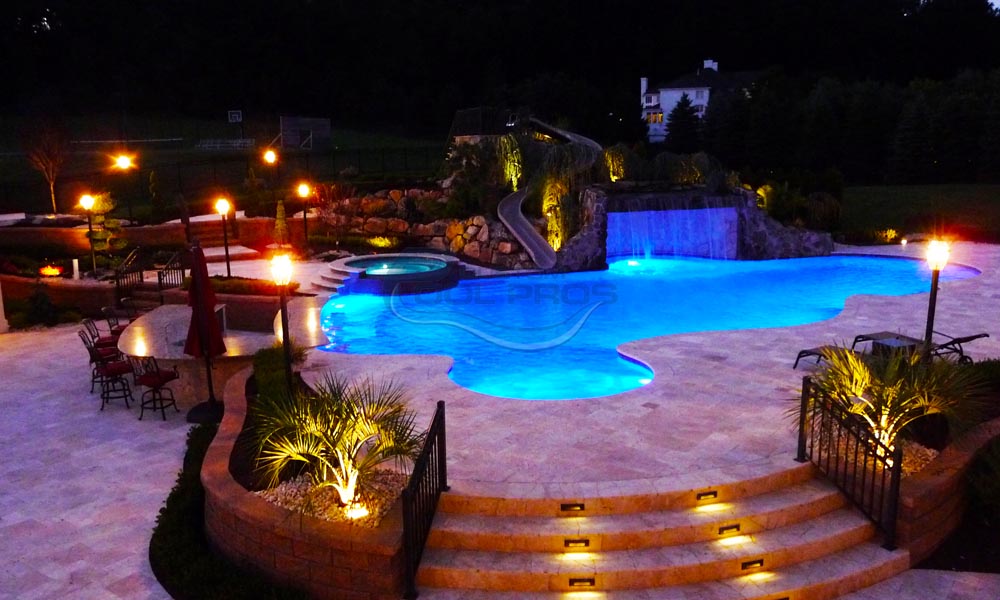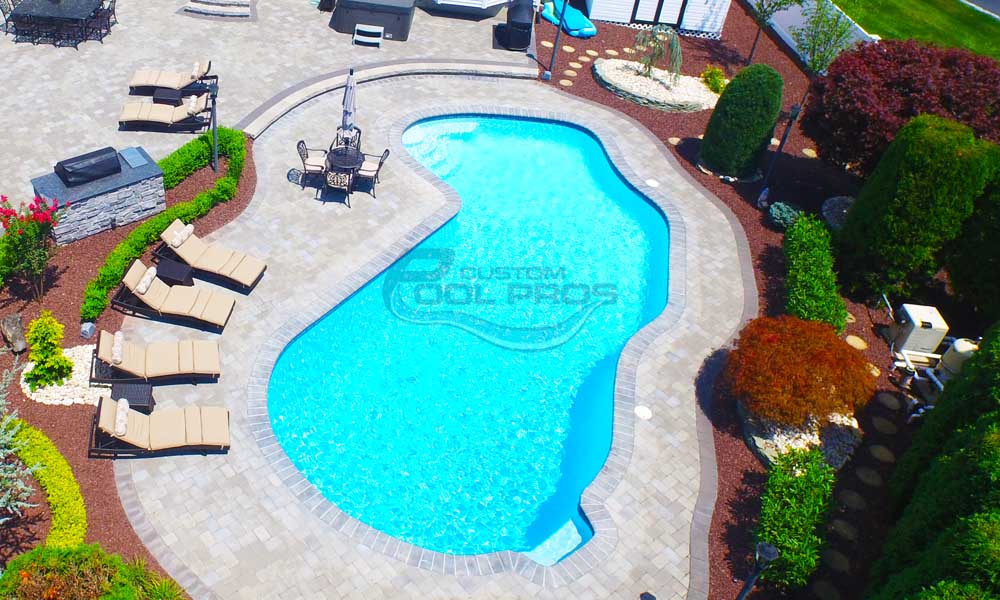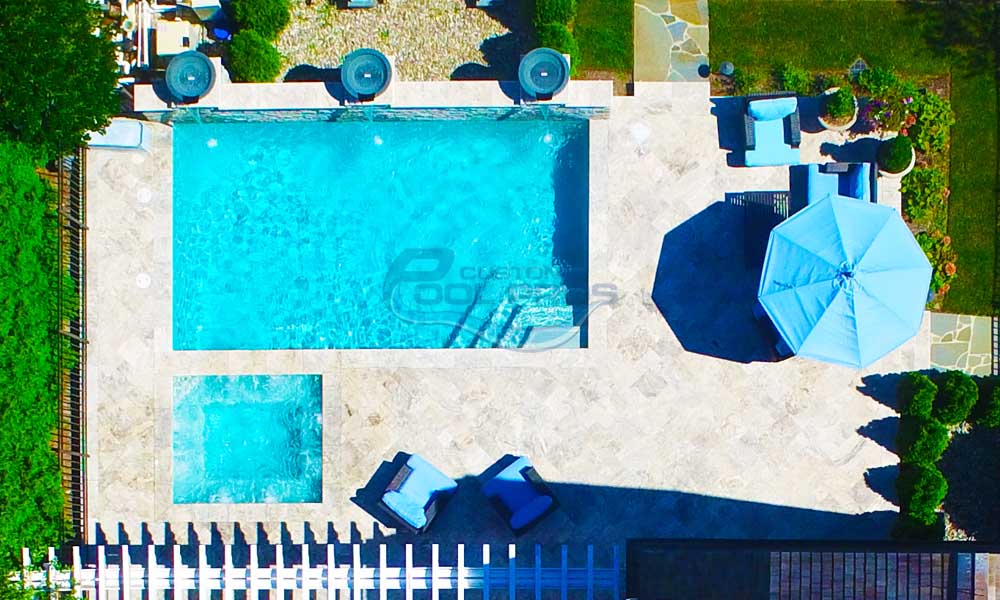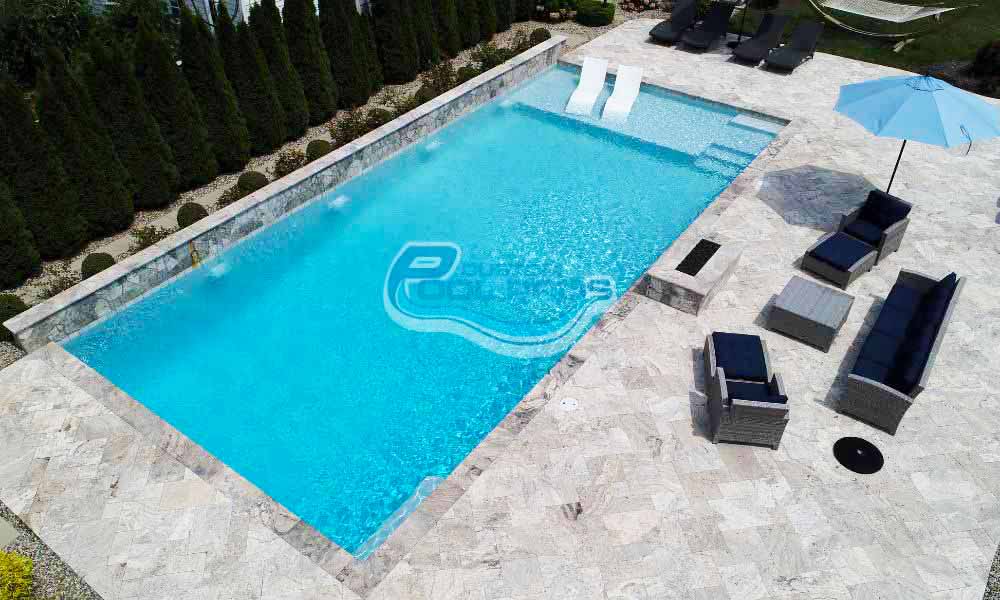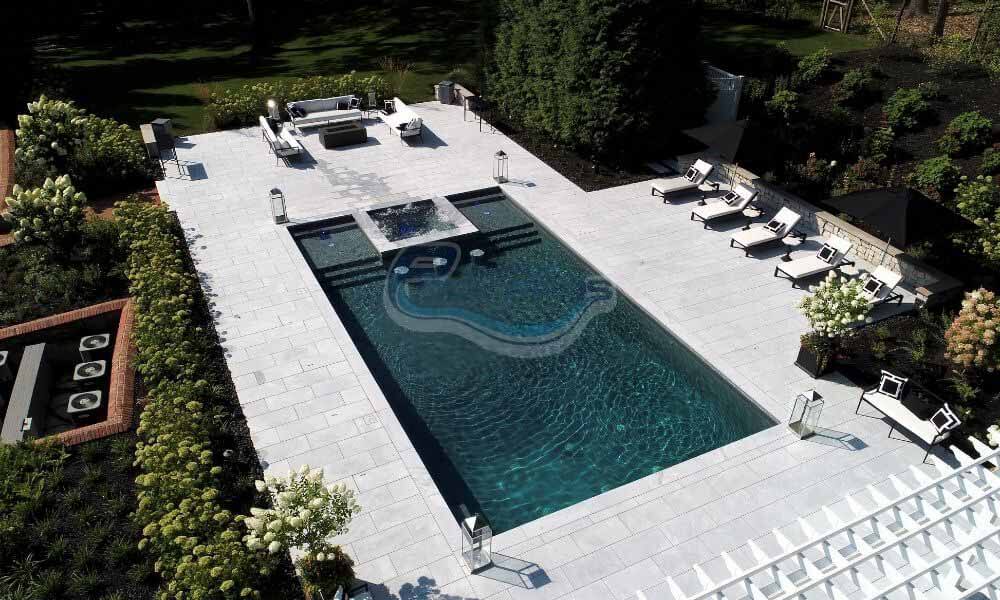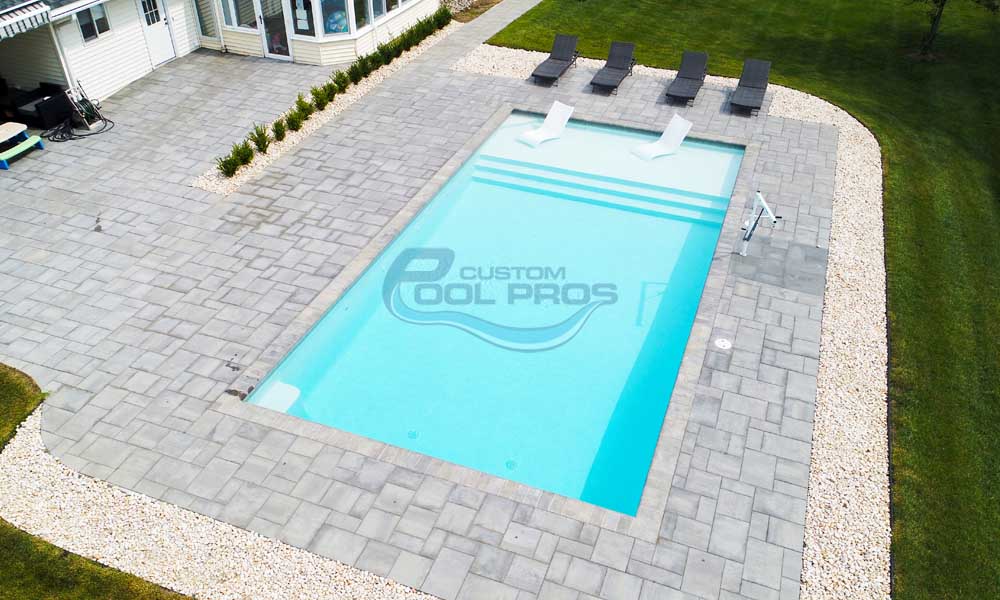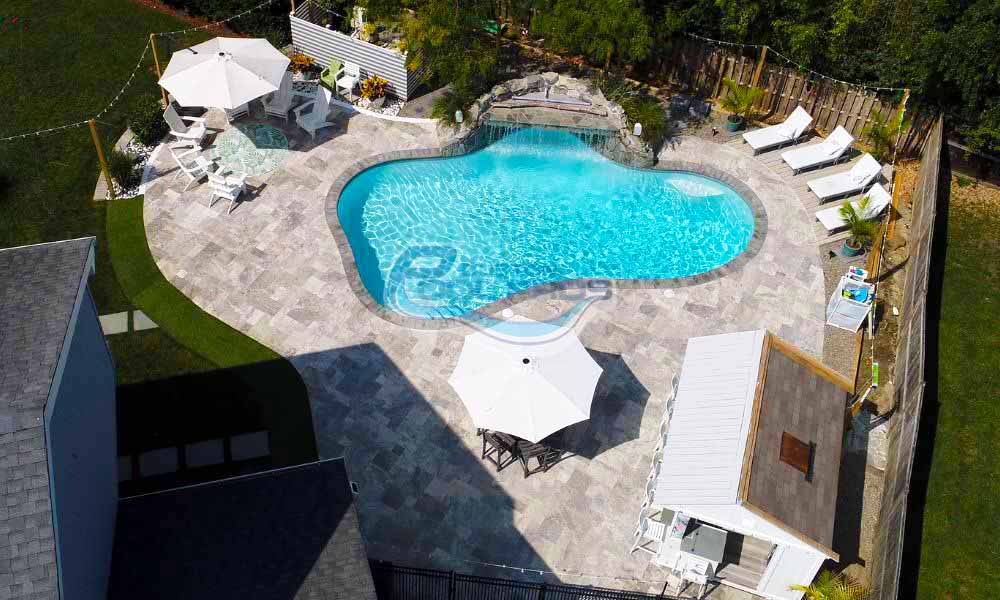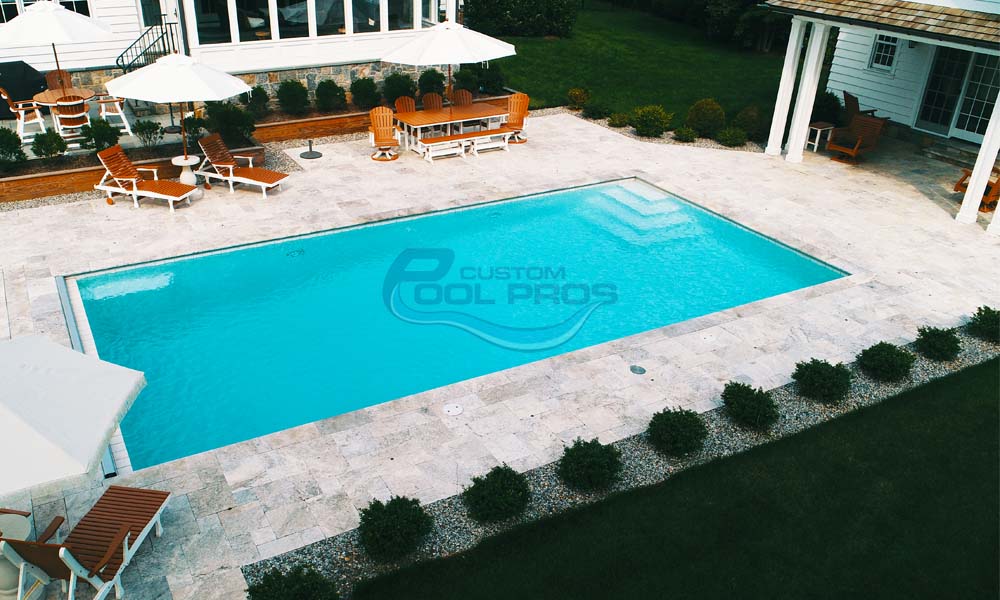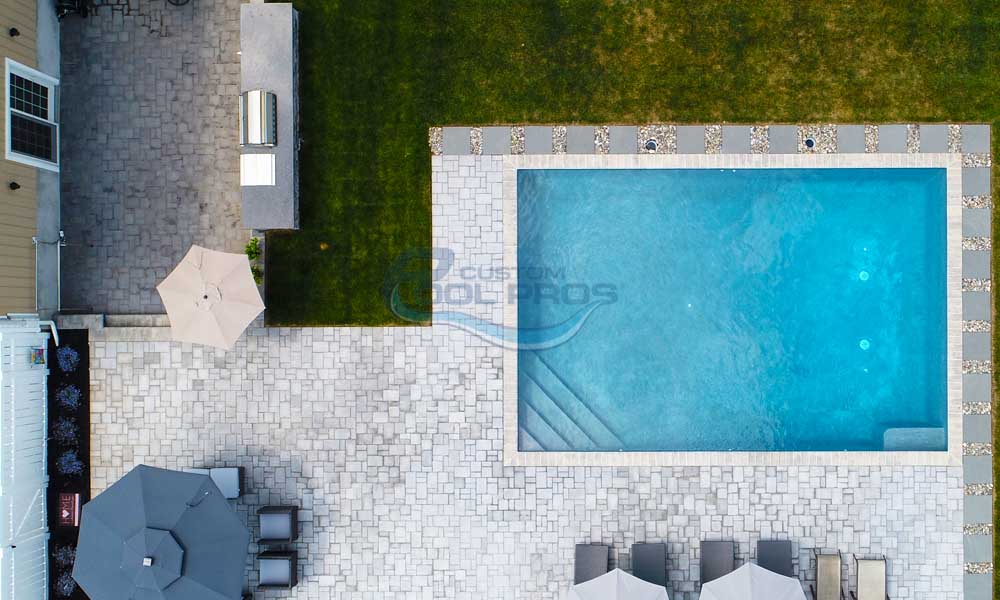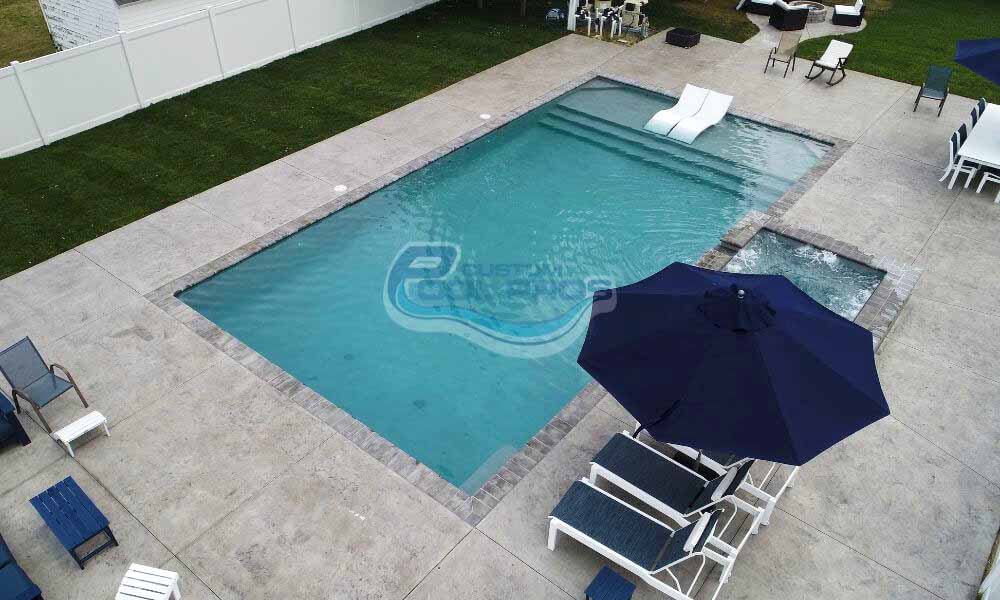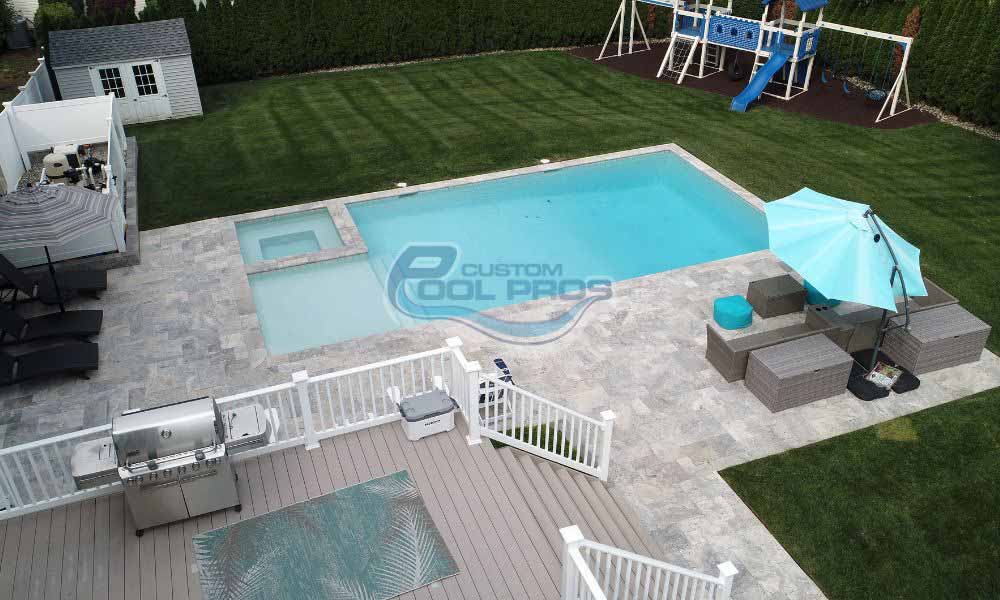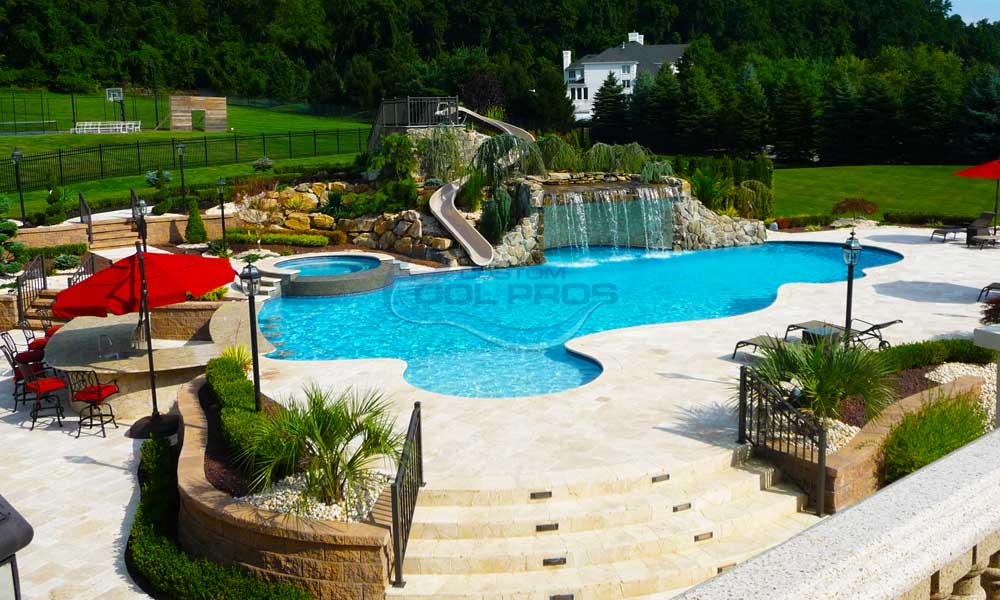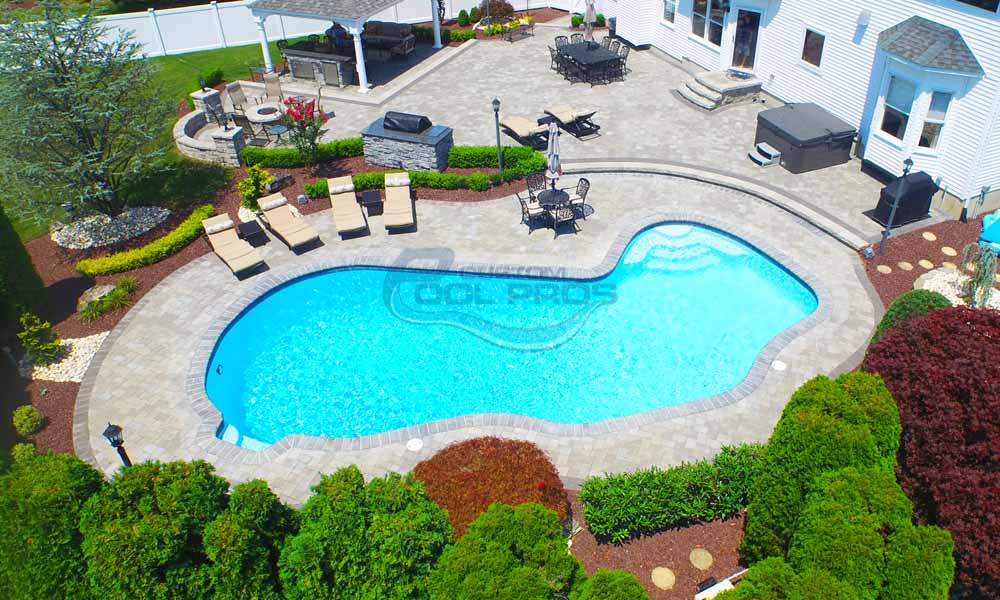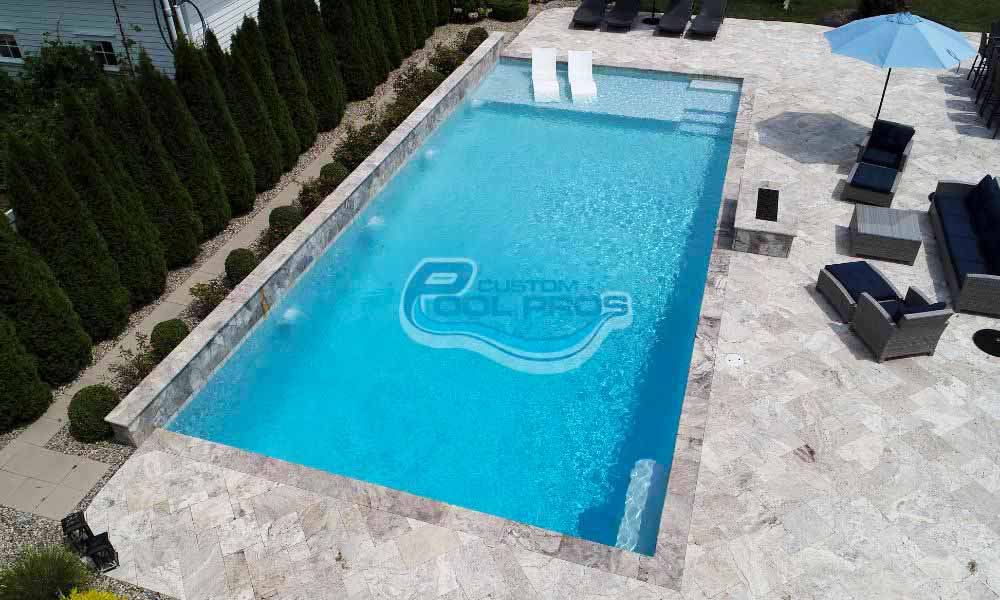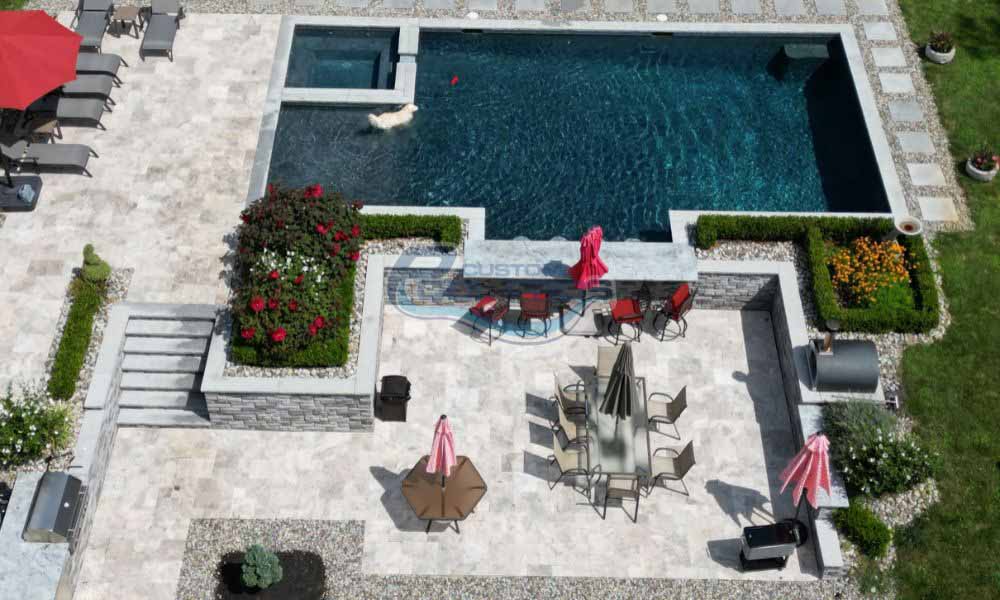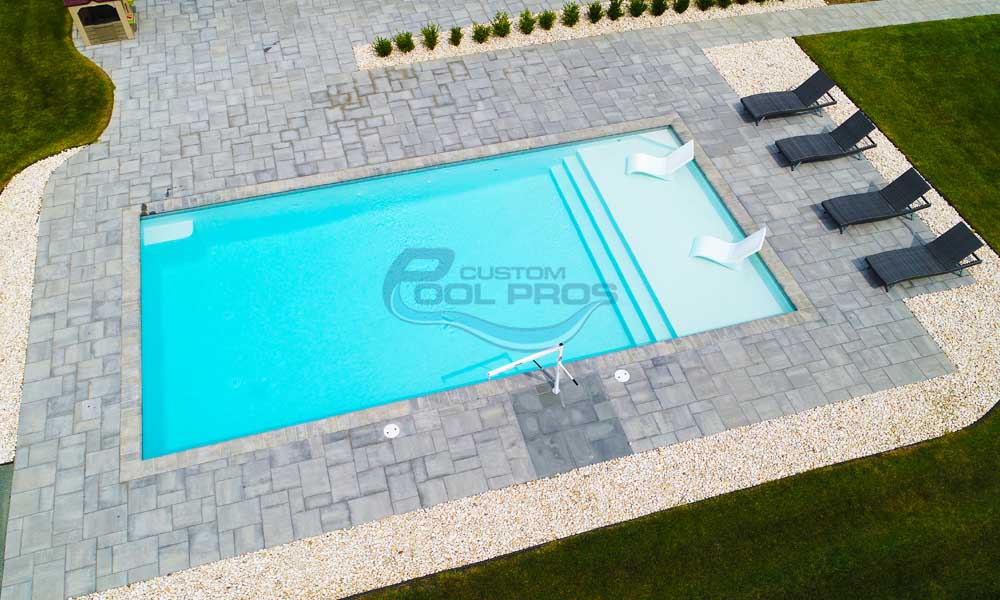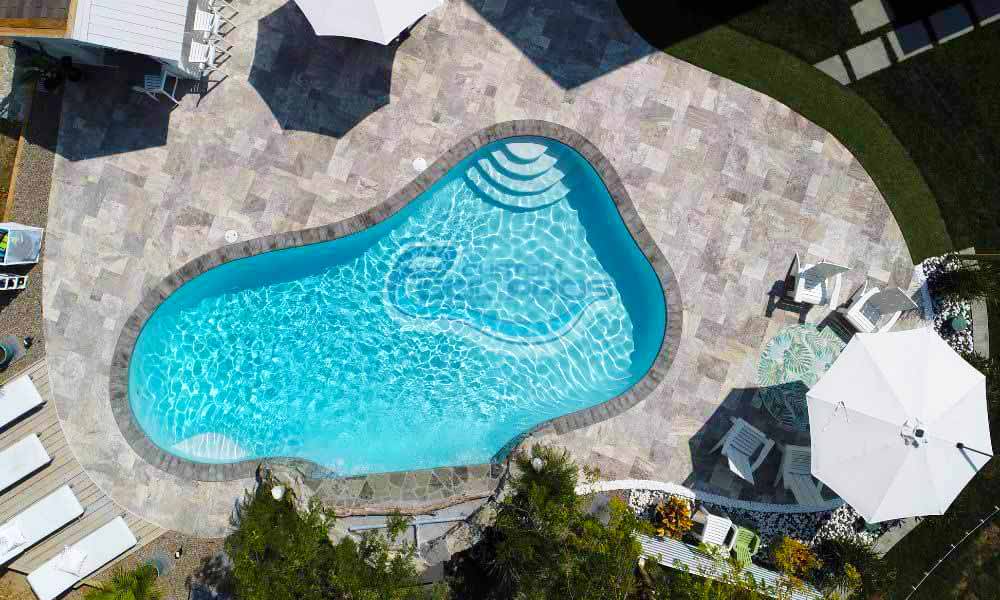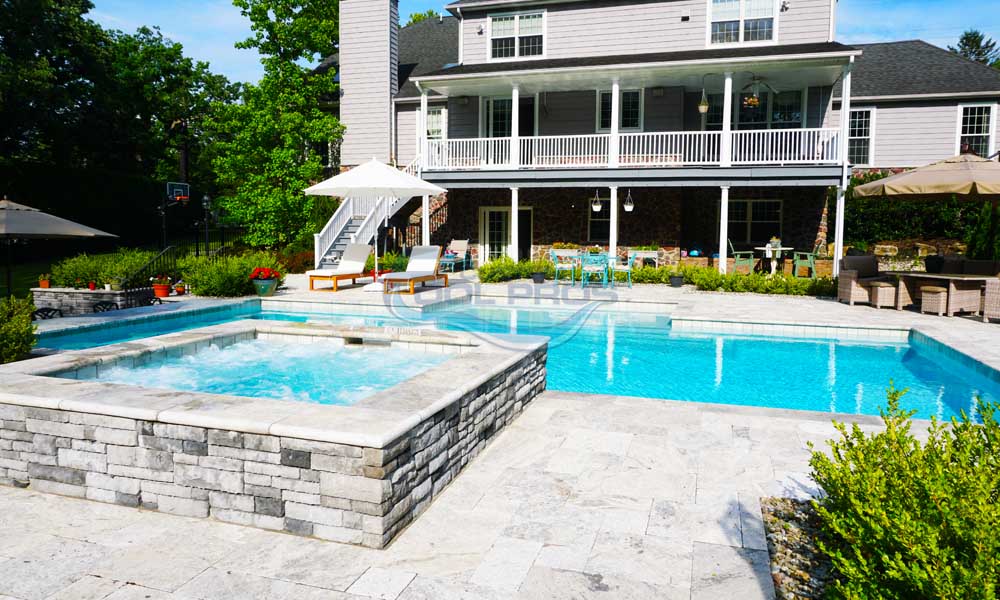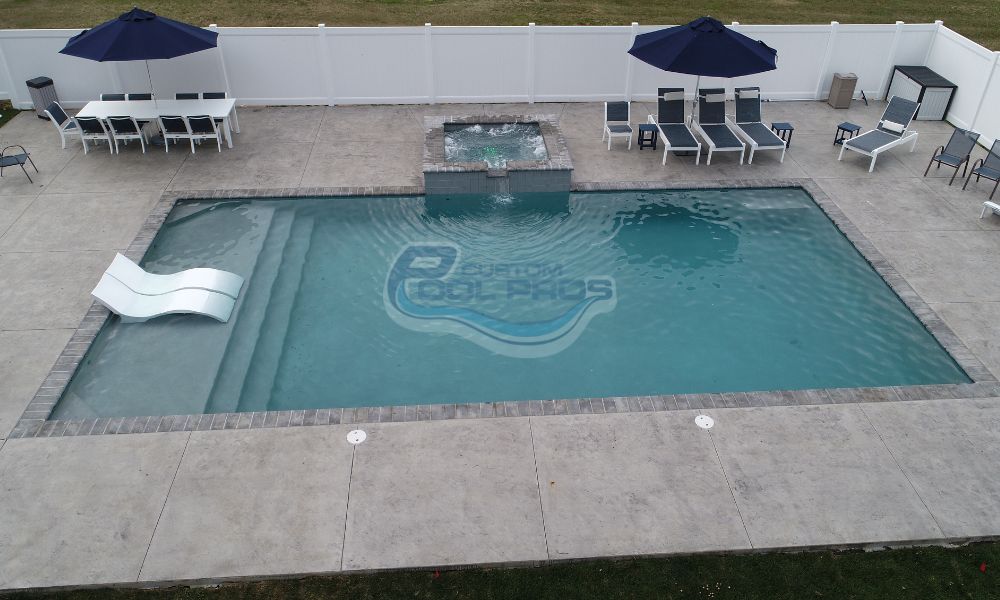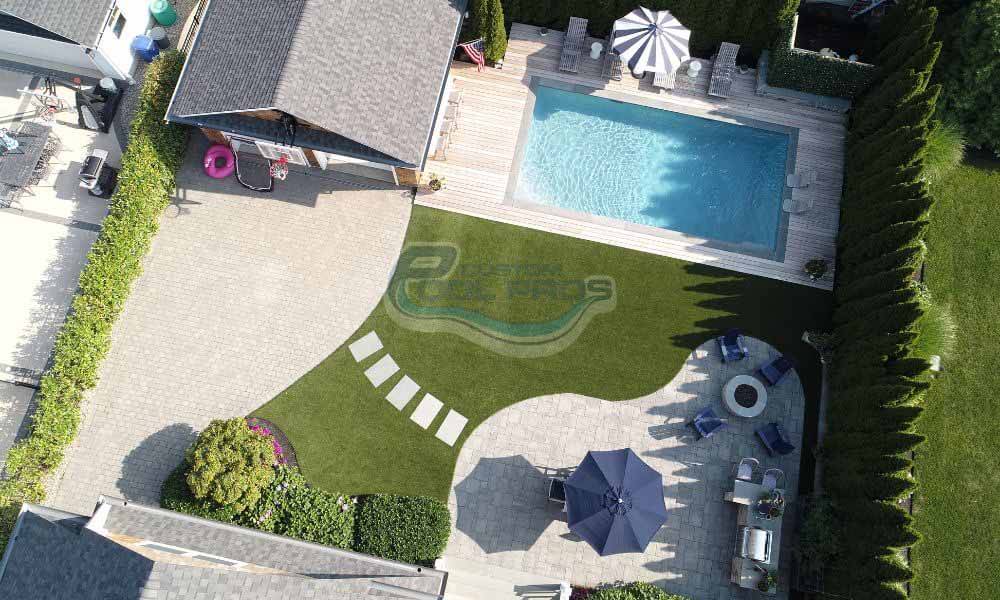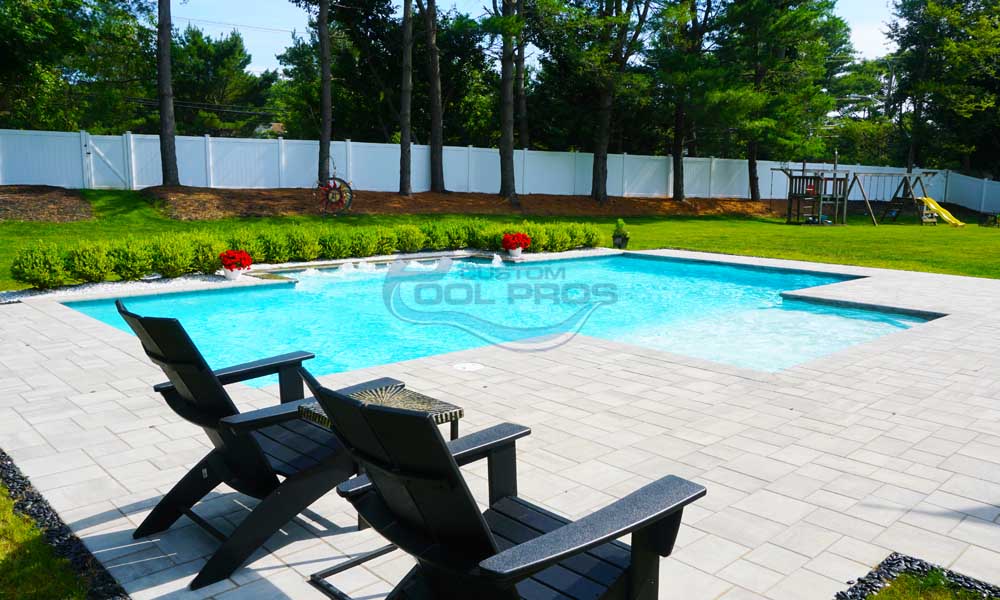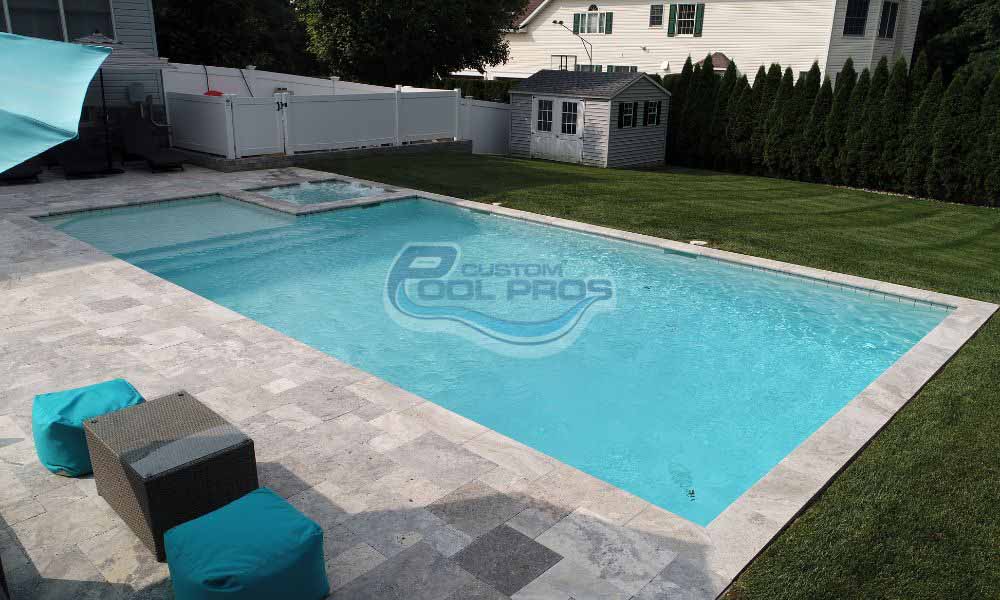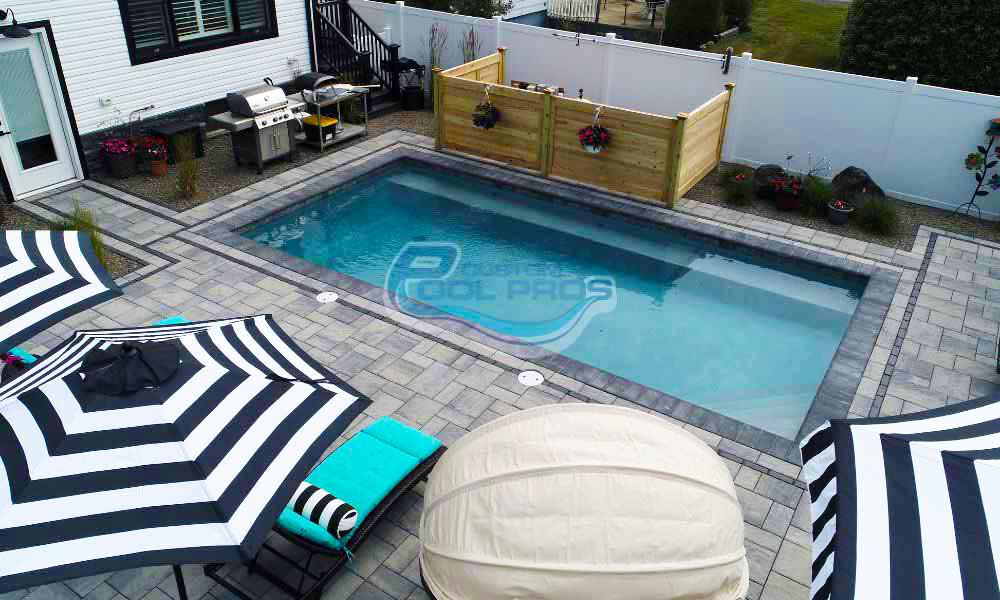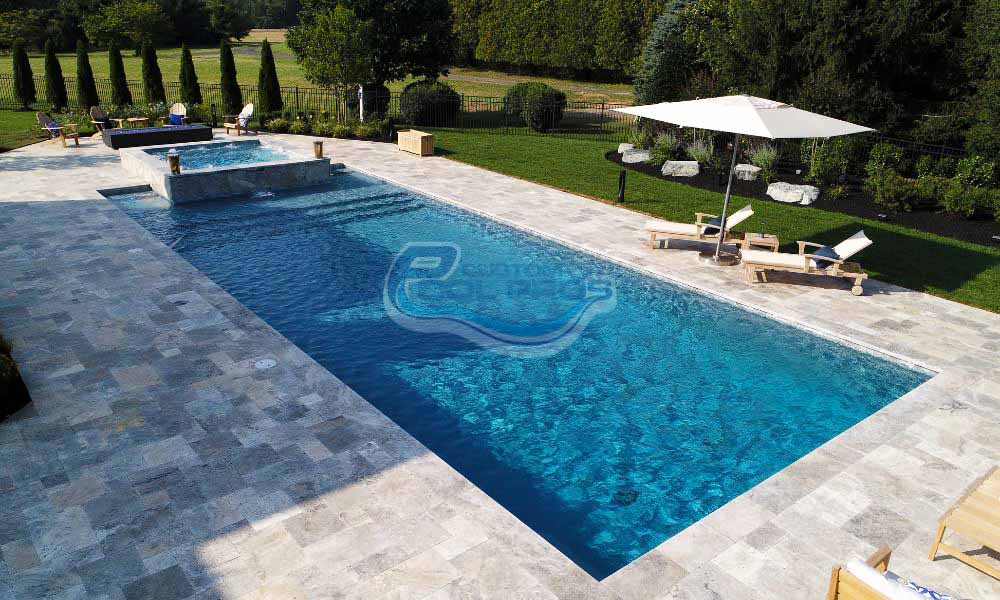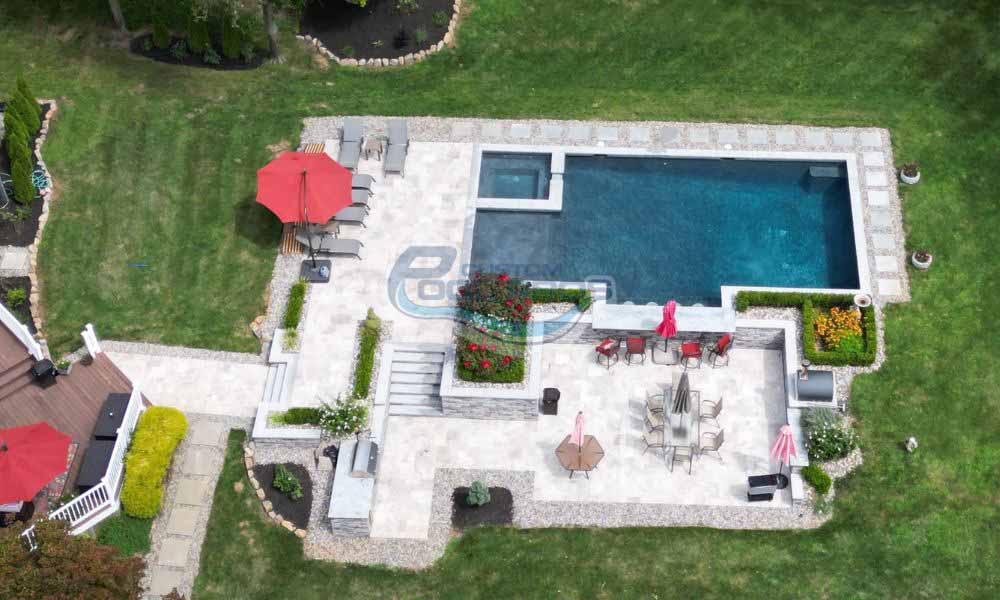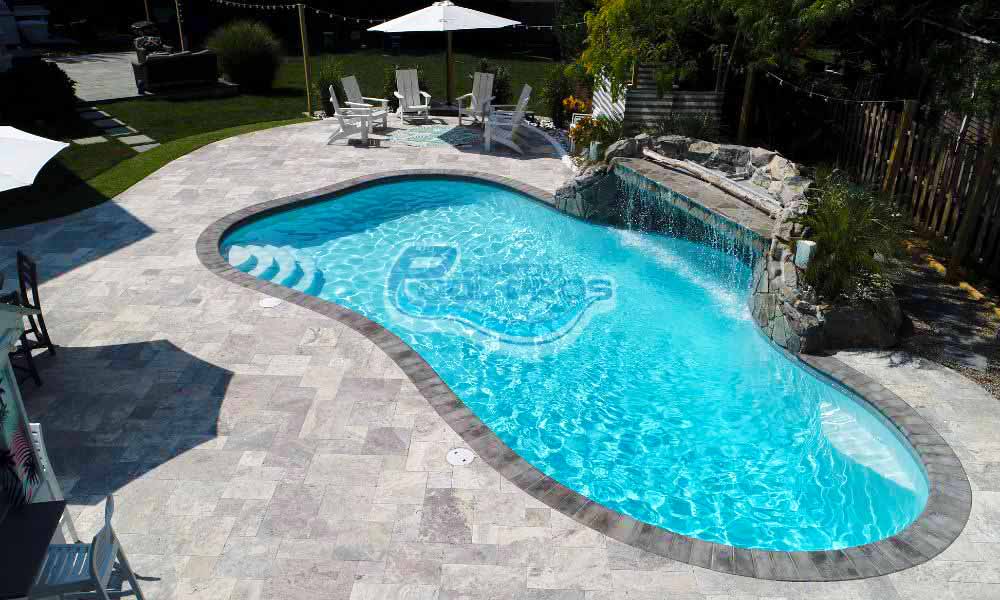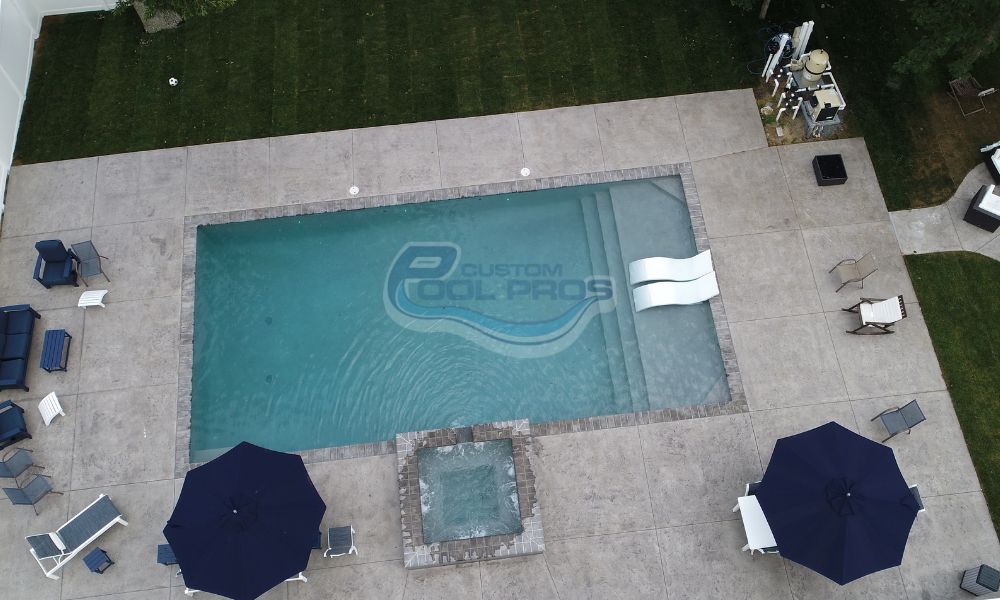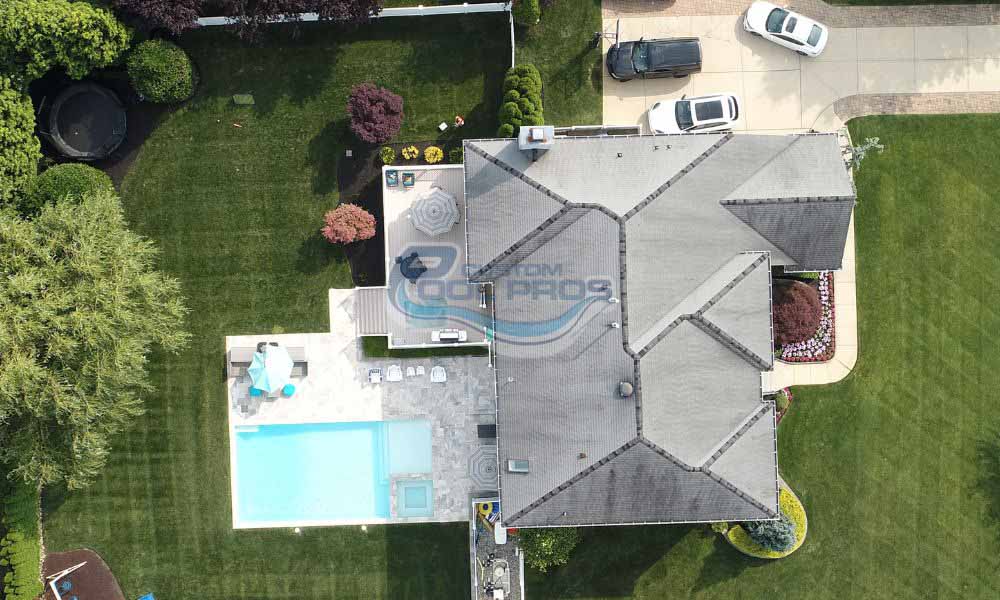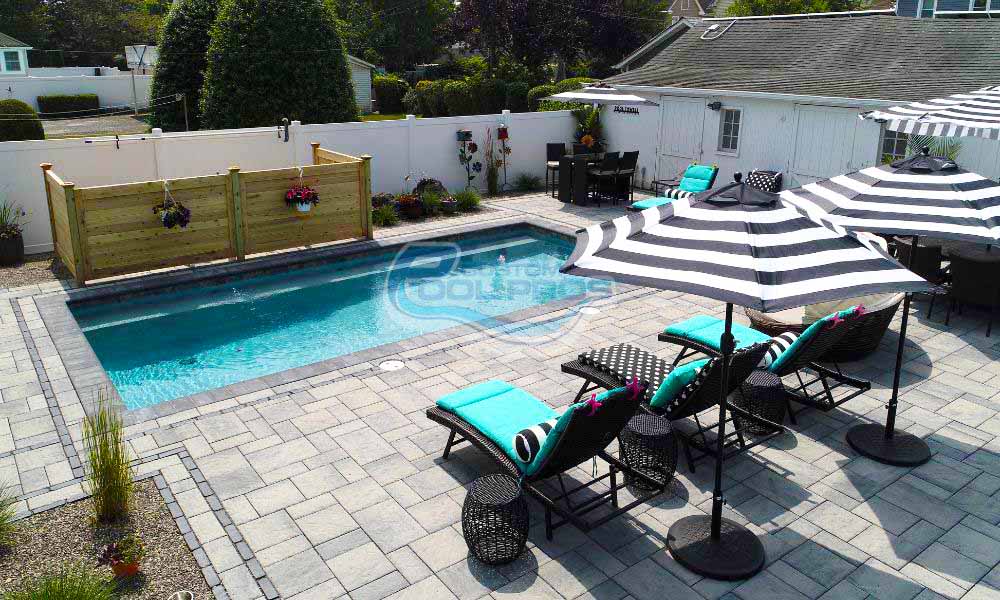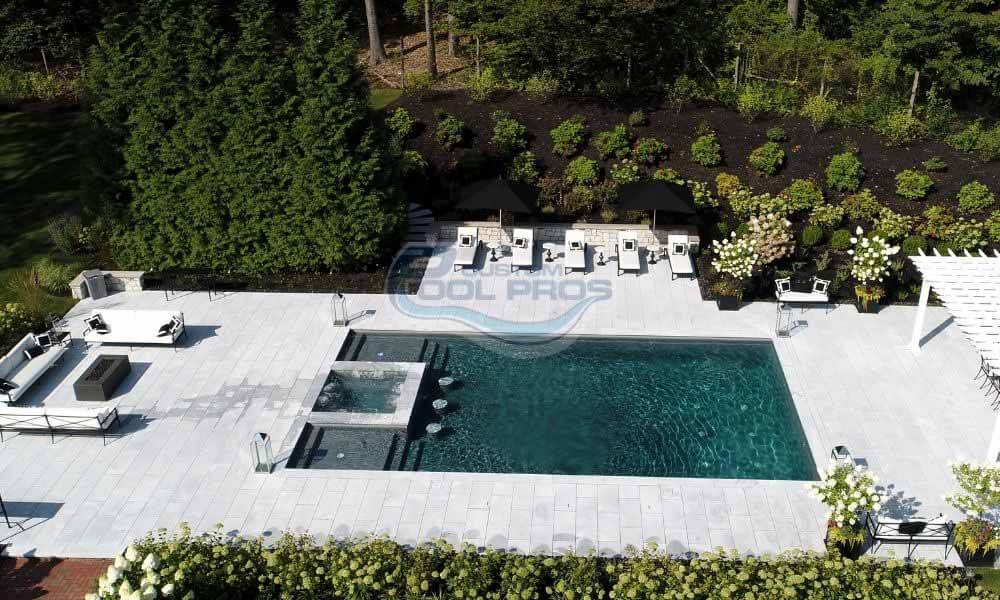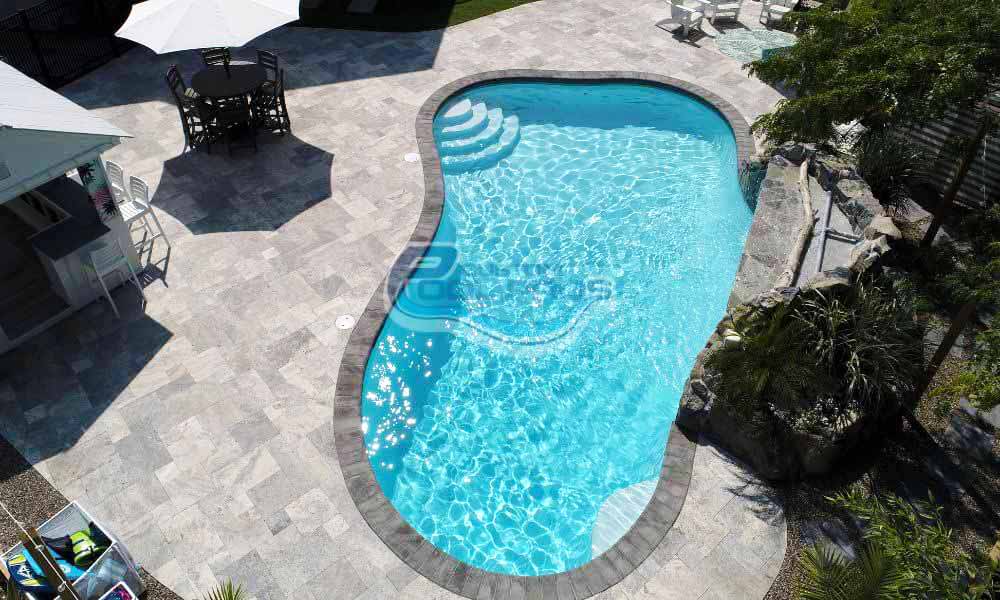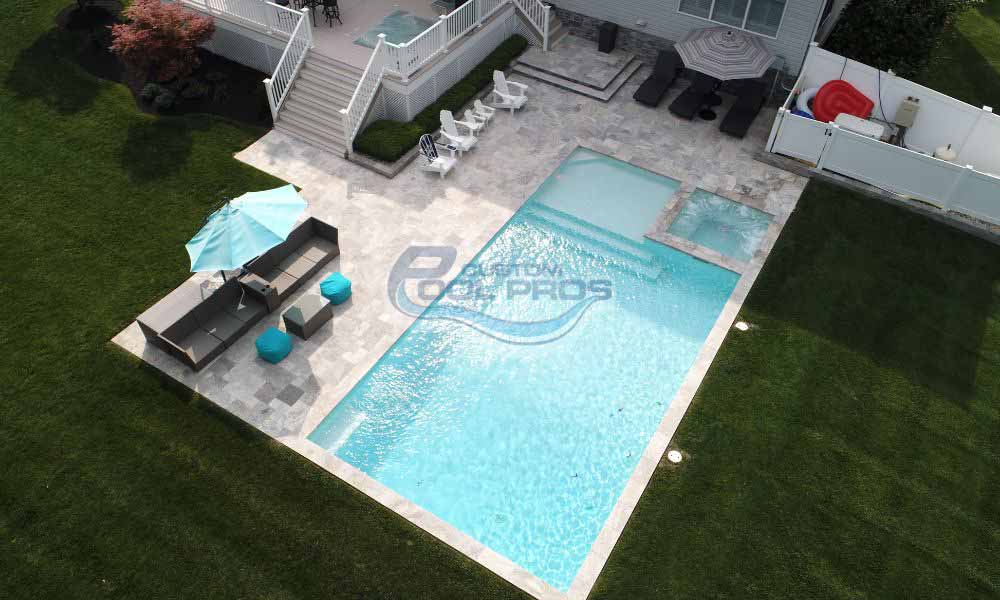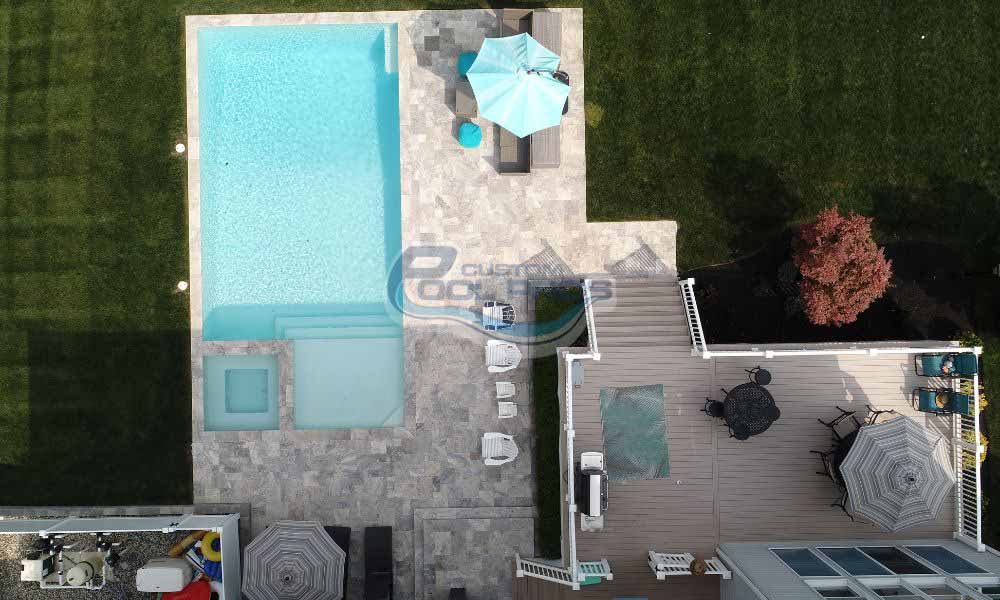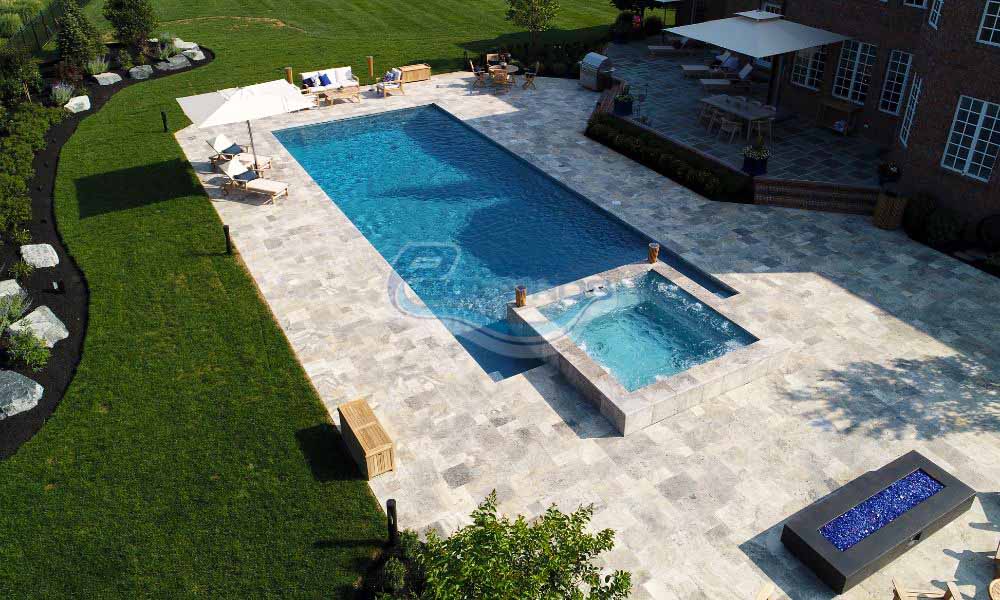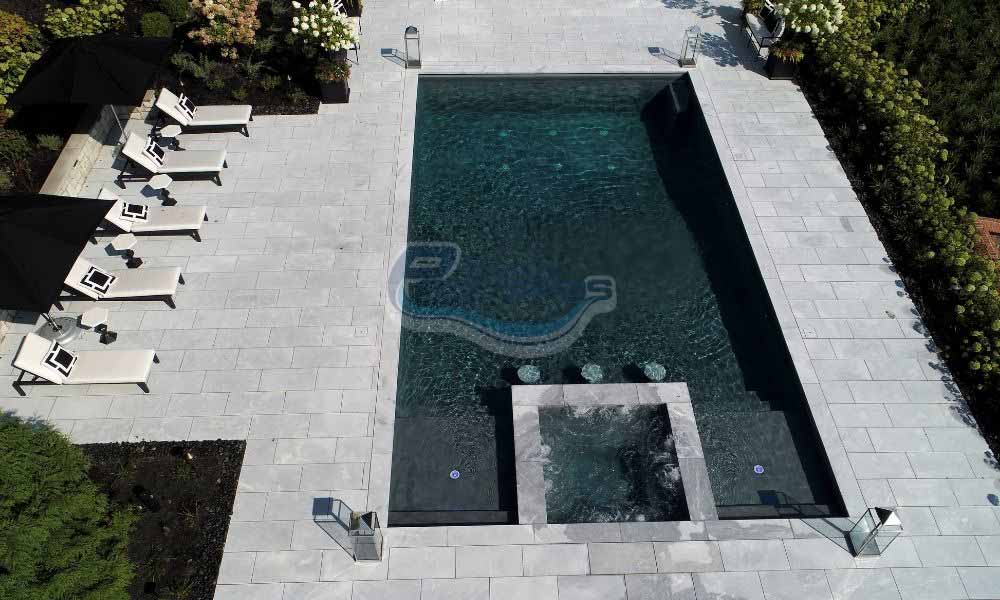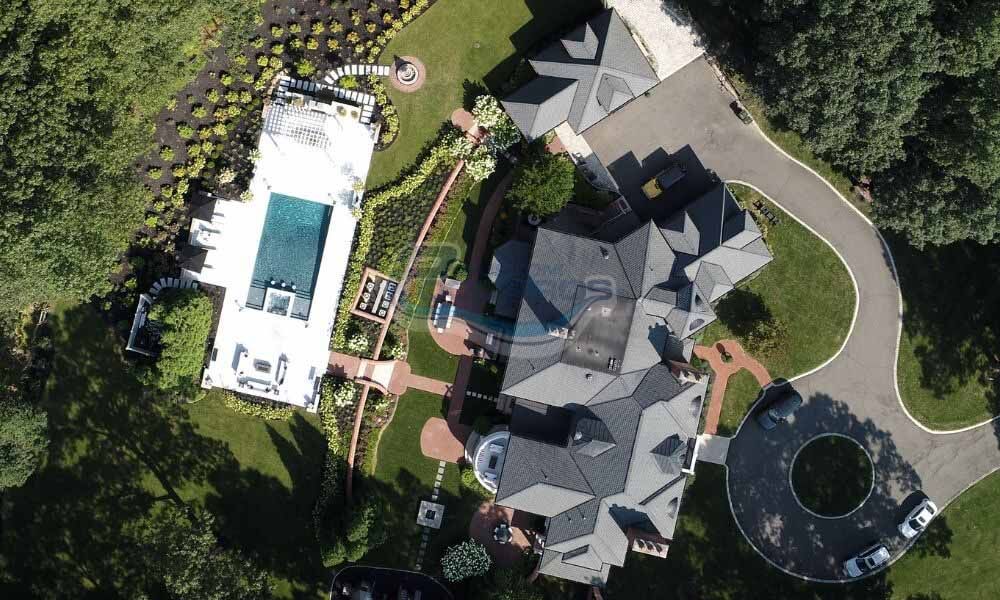Cleaning, repairing, and preparing it for the winter – all these activities require you to partially drain your swimming pool water. And with plenty of water to deal with, you want the drainage to be done correctly, without potential flooding or damage. Reading below should give you a little more insight not only on when and why your pool should be drained but also on the different ways you can do it.
Why You Should Drain Your Swimming Pool?
Ask any pool professional how to drain a swimming pool, and almost all of them will tell you not to drain it fully. Thorough repairs should be the only reason why this is done. The water’s weight helps with stabilizing the pool, keeping its walls in place. But, in areas with temperatures below 41 degrees, partial drainage is recommended because it helps with the protection of the overall structure, equipment, and pipes.
When You Should Drain a Swimming Pool?
The quick answer here is: rarely. Proper swimming pool maintenance, vacuuming, and control of chemicals will extend its lifetime. And even during pool winterization, you need to do only partial drainage.
Draining a swimming pool is necessary only in a couple of cases: when the pool structure is affected and needs repairs, like fixing a concrete design crack or liner reparation. Or, if it’s time to repaint the pool, which is a task that is done every few years.
Last but not least, you can drain swimming pool water if you want to completely change the water’s pH or chlorine level in the pool. Usually, this is the fix for high levels of calcium buildup or dissolved chemicals.
2 Ways to Drain a Swimming Pool Water
Here are 2 different types of methods for draining the water from your swimming pool manually.
How To Drain Pool Water Using Water Pump
This method applies mainly to inground pools, and it is recommended to be done only in absolutely necessary situations, since the pressure on the swimming pool walls drops suddenly, which can lead to structural failure.
The steps are fairly simple. Turn off the pool system, and open the backwash valve. With the skimmer lines closing the plugs, you want to ensure the main drain is the only one drawing water.
Activate the pool pump, and wait for the water to reach below the skimmer inlet levels. This is when you turn off the pump and the rest of the equipment.
Draining a Swimming Pool with Hose
As you can imagine, this is a method applicable to small pools, usually above-ground ones. Submerge one end of the hose in the pool, making sure it lies on the bottom, while the other end is attached to a spigot.
Turn on the spigot, and make sure water has filled it, leaving no air bubbles in the hose. Once this is done, disconnect it from the spigot, and bring that end below a pool’s waterline.
The water in the hose will start draining out, but while doing it, it will create a vacuum that will start sucking up the rest of the pool’s water.
How Much Does It Cost to Drain a Pool?
If you plan to drain a swimming pool by yourself, the costs will be minimal. All you need are the essential tools for the drainage process. But if you contact a professional, they might charge $115 an hour with usually a minimum of a couple of hours of work and the size of the swimming pool.
FAQ’s
How much time do I need to drain an above-ground pool?
Based on the pool size you have, usually, it will take 8-14 hours. This is also greatly affected by the way you decide the drainage to be.
How Can I Drain an Above-ground Pool the Fastest Way?
A submersible pump, acting as a vacuum for the pool water, is the tool for the fastest pool draining. However, you should monitor it while it’s running.
Can I Use My Pool Pump to Drain a Swimming Pool?
Using a pool pump is never a good option for above-ground pool drainage. Air can easily get into the suction line, which will damage or even burn out the pump. A submersible pump is the only preferred option.
Should I Drain my Swimming Pool Before Winter?
While it might seem logical to drain swimming pool water when it’s not in use, you actually risk doing some costly damage. The pool’s shell, for instance, can lose its firm position in the ground and start to shift since there’s no water to weigh it down. Once the shell starts “floating” due to hydrostatic pressure, it can crack and collapse within itself. As a result, your entire pool system is destroyed.
Conclusion
Preparing your pool for the cold weather months or for repairs may require partially draining it.
So following one of the two ways mentioned above can help you reach the pool depths that you need. When in doubt, you can also ask for the expert opinion of a pool contractor.

